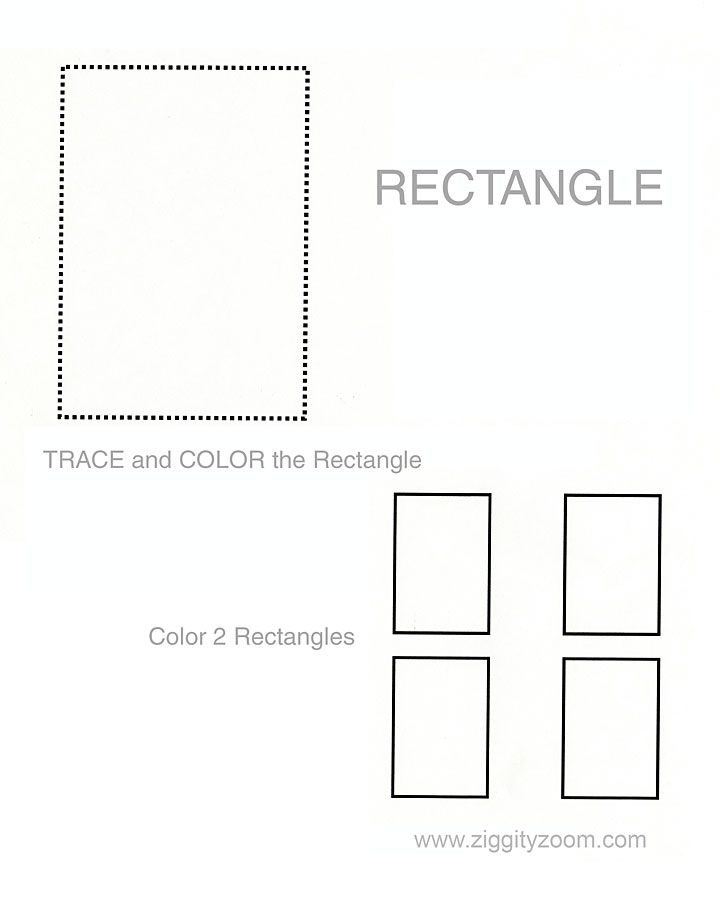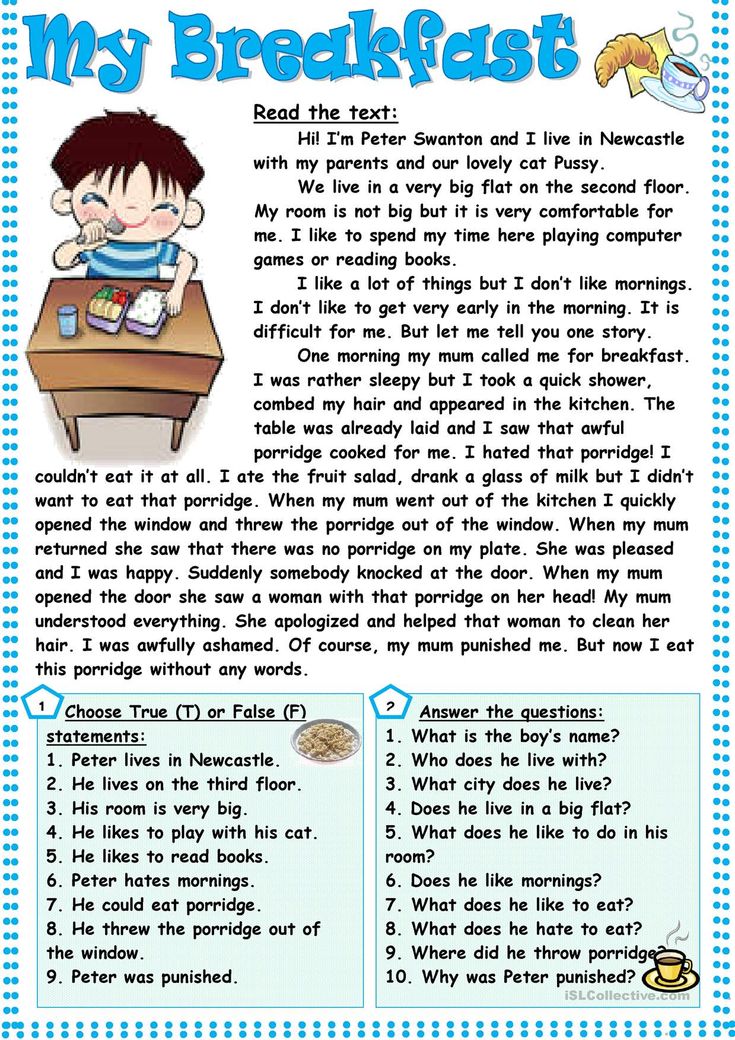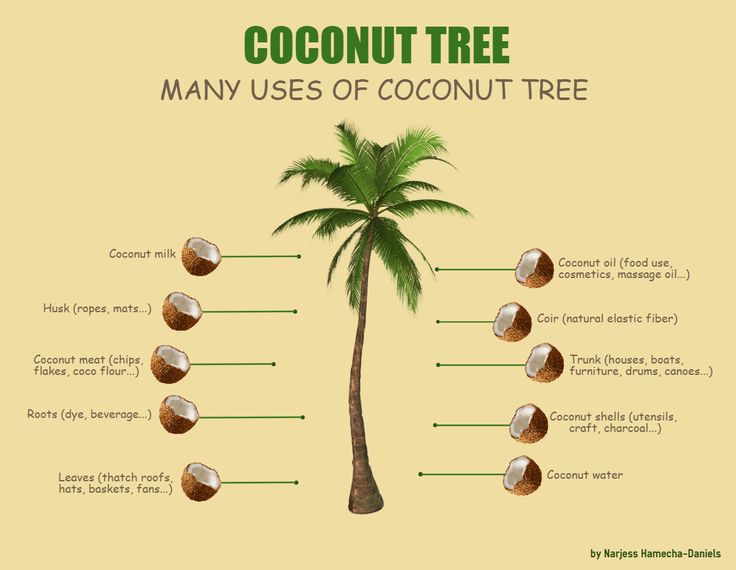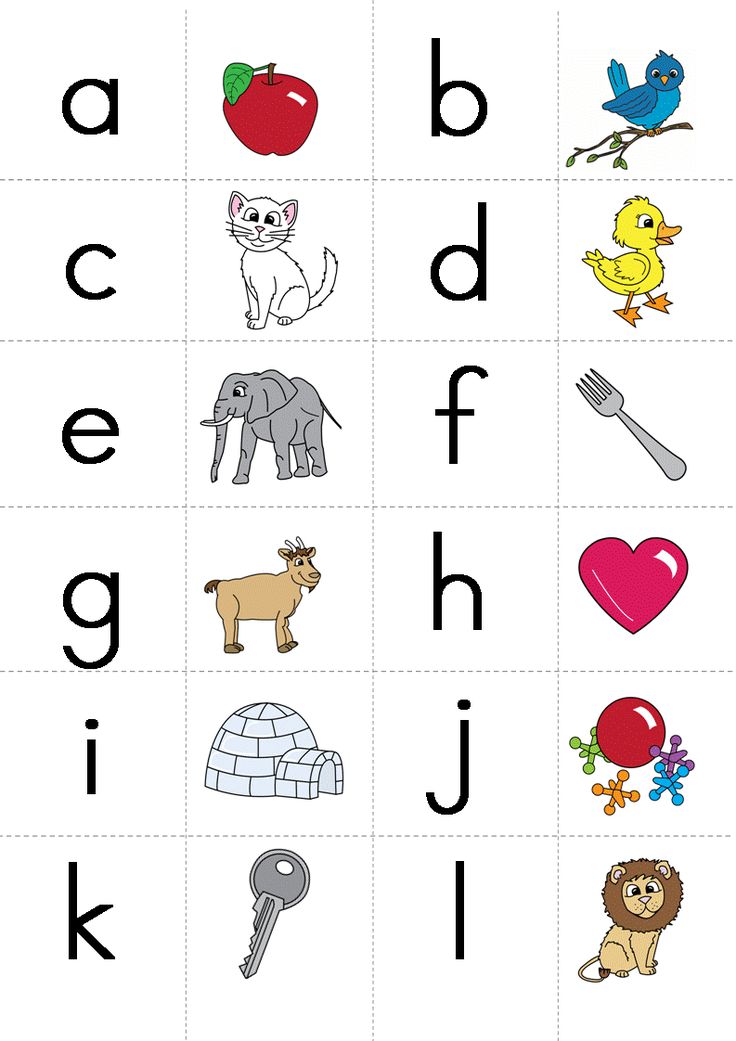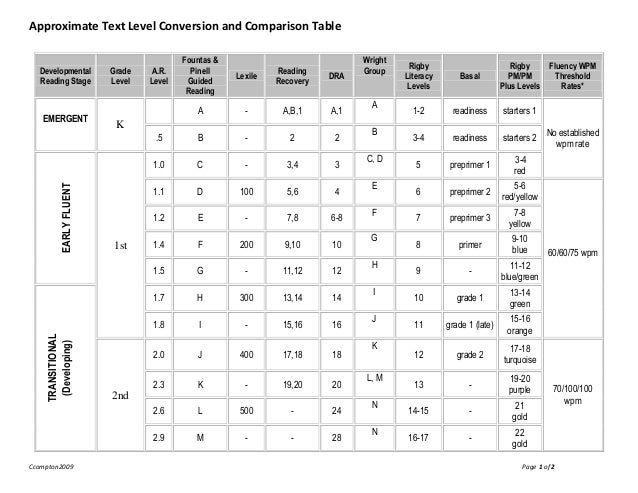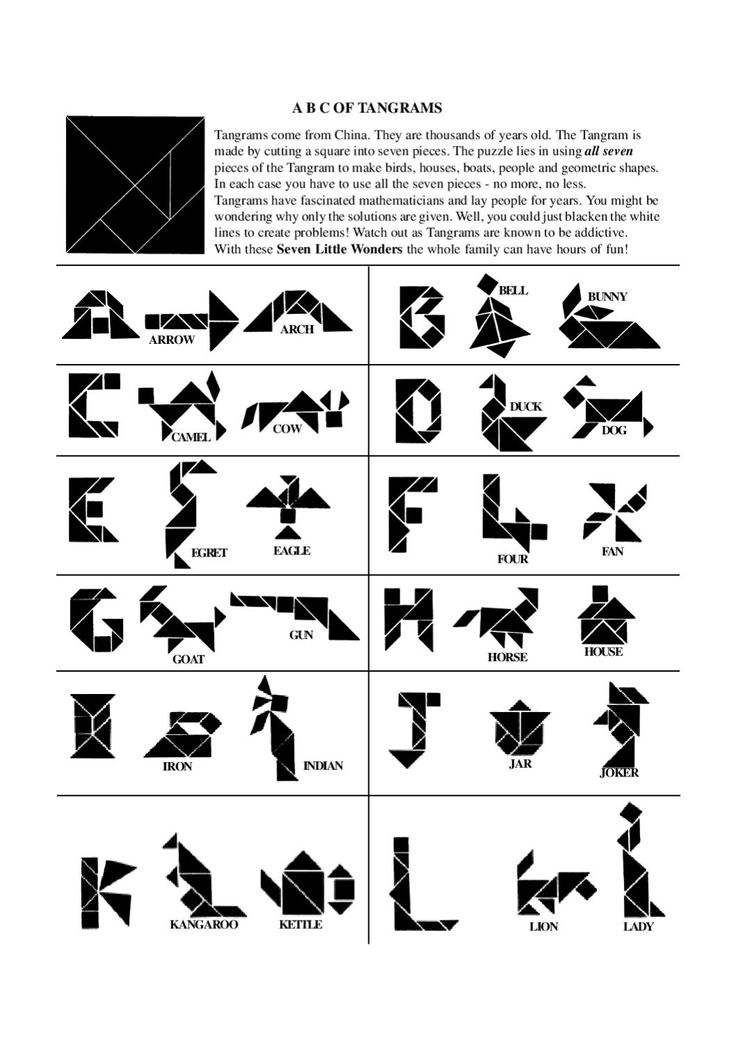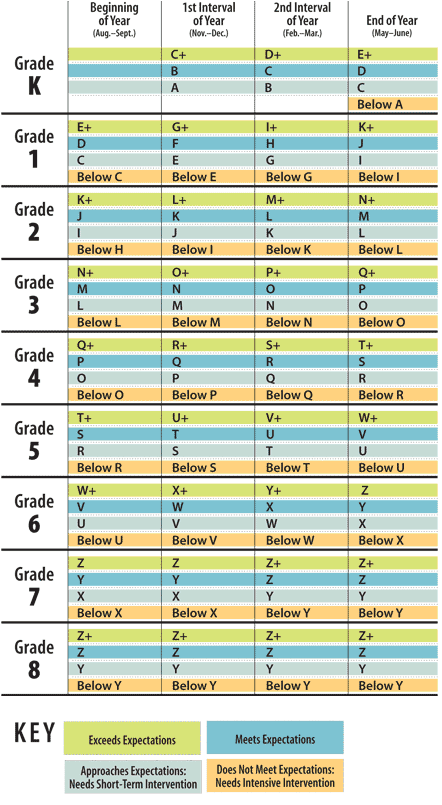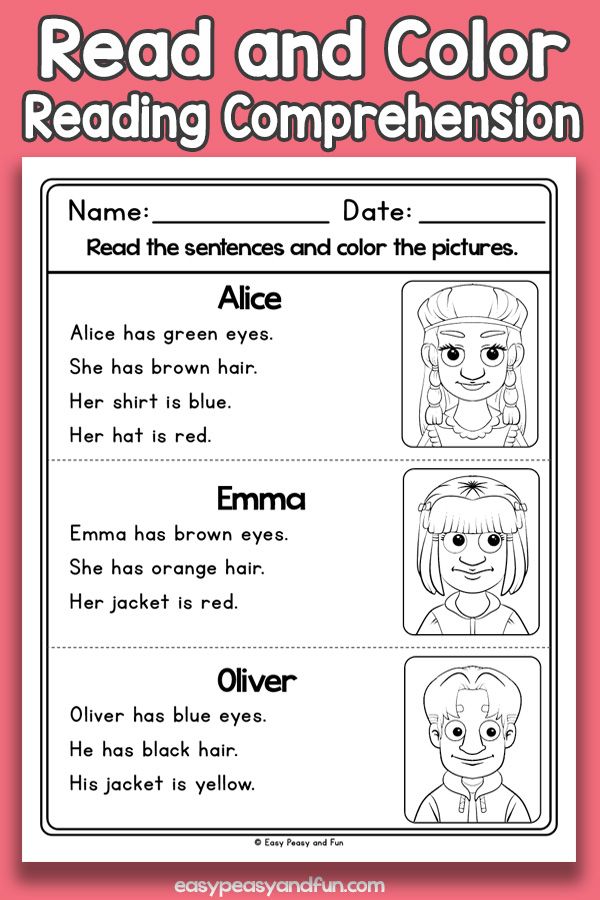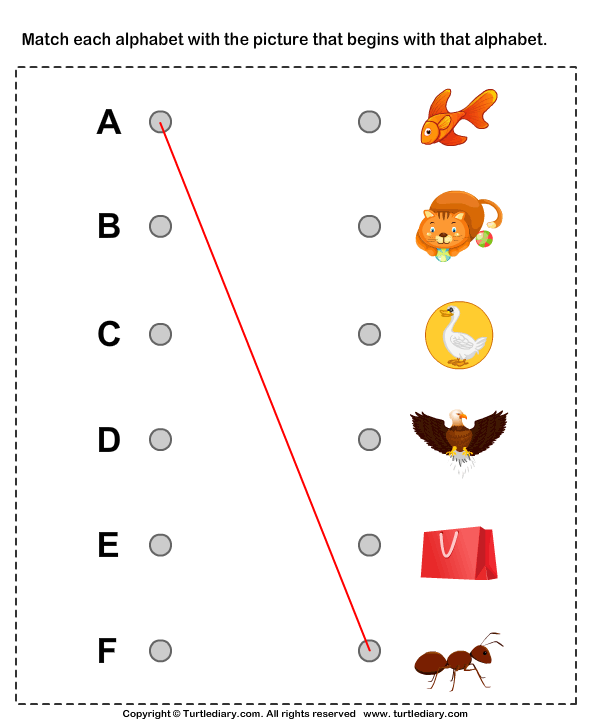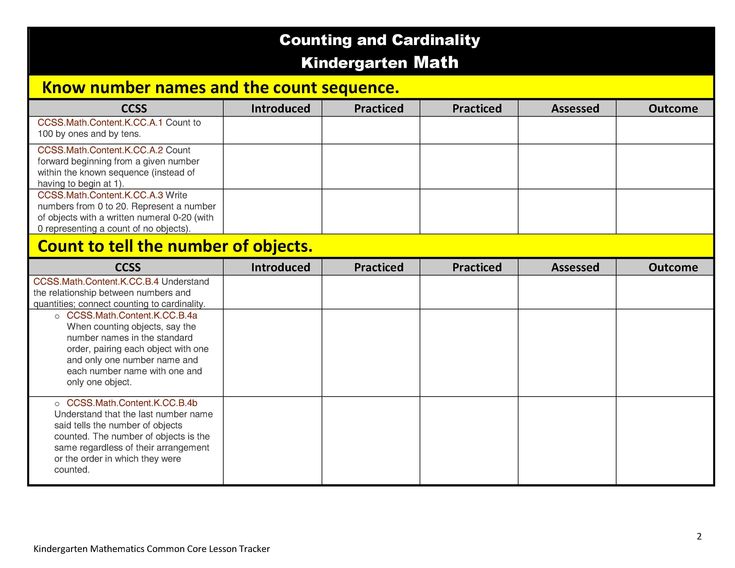Rectangle activities for preschool
Rectangle Theme
RECTANGLE THEME
See also my pages for Circle, Triangle, Square, Diamond, Heart, Oval, Star, and All Shapes
Book List
As an Amazon Associate I earn from qualifying purchases
Songs & Fingerplays
Rectangle
Here's a rectangle, straight and tall:
(arms straight up, over head, fingers touch)
Two long sides, and that's not all.
Two short sides that face each other.
Draw one rectangle, now another. (draw in the air)
~Submitted by Cheryl's Sweethearts ChildCare
It's A Rectangle - sung to "B-I-N-G-O"
There is a shape that has four sides,
But it is not a square NO!!
It's a rectangle; It's a rectangle; It's a rectangle;
It is not like a square NO!!
Two sides are long; two sides are short.
They are not the same NO!!
It's a rectangle; It's a rectangle; It's a rectangle;
The sides are not the same NO!!
~Submitted by Cheryl's Sweethearts ChildCare
This Is a Rectangle - sung to "Frere Jacques"
This is a rectangle, this is a rectangle.
How can you tell? How can you tell?
It has two short sides,
And it has tow long sides.
It's a rectangle, it's a rectangle.
~Jeanne Petty
Rectangles - sung to "Jingle Bells"
Rectangle, rectangles
Have four sides.
Two are long and two are short,
(Hold hands far apart, then close together.)
Please give them a try.
(Draw rectangle in air with finger.)
Rectangles, rectangles
Have four sides,
Two are long and two are short,
(Hold hands far apart, then close together.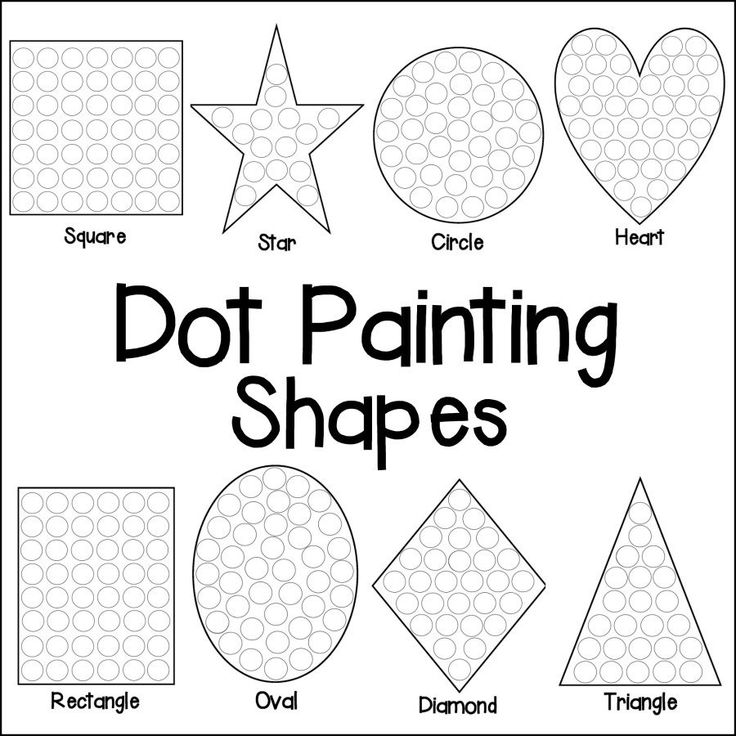 )
)
Please give them a try.
(Draw rectangle in air with finger.)
~Barbara Conahan
Rectangle Kid
Cut felt rectangles to make a Rectangle Kid, as shown in the illustration. Arrange the felt figure on the floor and help your children note that all are rectangles. Then put the figures on the flannel board as you recite the following rhyme.
Rectangle Kid
Rectangle Kid, Rectangle Kid,
Have you seen the Rectangle Kid?
IA rectangle head and cheeks of red.
A rectangle shirt looks very pert.
Rectangle hands like to play in sand.
Rectangle pants like to dance.
Rectangle shoes come in twos.
A rectangle hat. Imagine that!
Rectangle Kid, Rectangle Kid,
Yes, we can see the Rectangle Kid.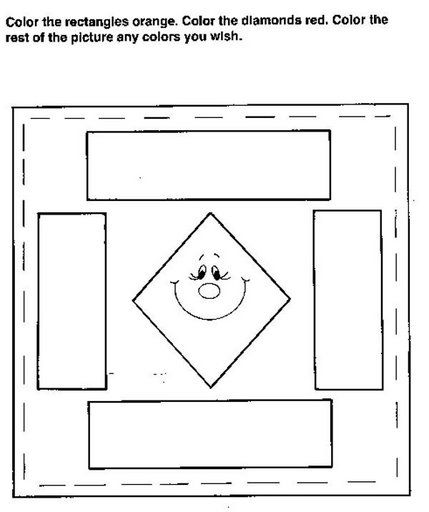
Extension:
Photocopy the rhyme for your children and have them illustrate it at art time.
Rectangle Robots
Pre-cut several rectangle shapes: larger rectangle for body, smaller for the head. For arms, legs, hands, and feet I cut paper strips with my paper cutter, in various sizes. Actually, I use my paper cutter for all the rectangles for this craft, come to think of it! Lots of colors. It's fun to use wrapping paper or paper with other textures too. The kids put their rectangles on their paper first --I tell them it's like making their own "puzzle". Then when they are pleased with their arrangement they paste them on the paper. Add facial features with crayon or marker and "antennas" with coiled pipe cleaners. They really turn out cute. Everyone is different. Some of them look like they are walking, some have arms raised, some have feet turned in, etc.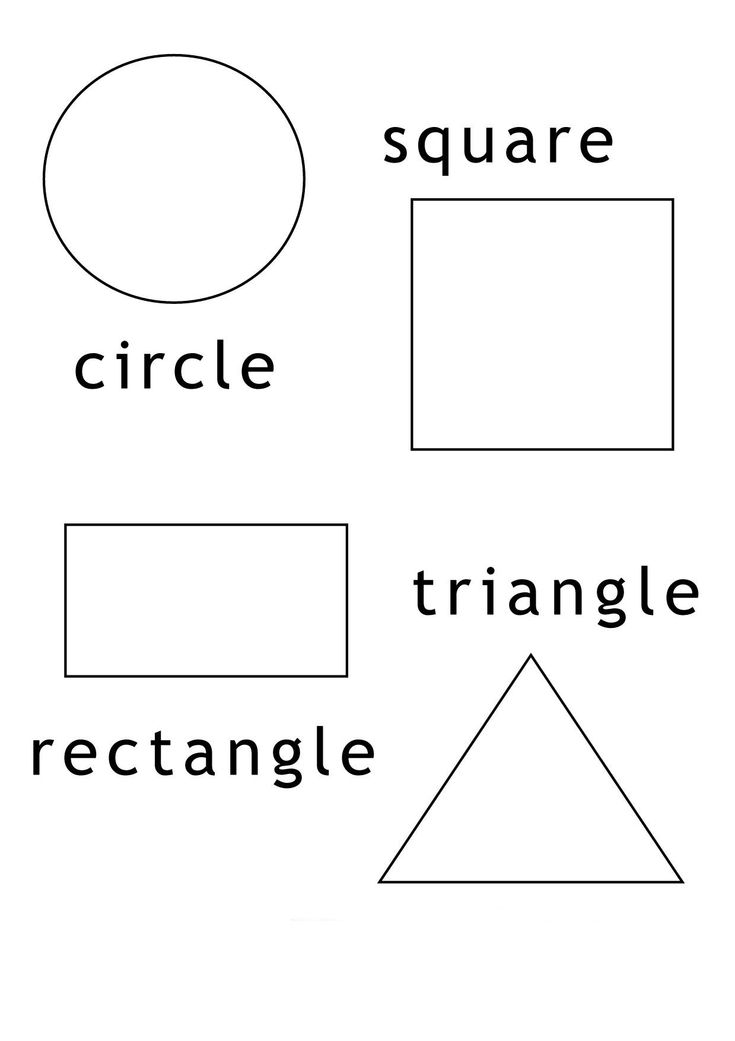 It's a fun way to emphasize "rectangle" and makes a cute display too.
It's a fun way to emphasize "rectangle" and makes a cute display too.
~Submitted by Cheryl's Sweethearts ChildCare
Rectangle Thoughts
Invite your children to play a thinking game. Have each child in turn name a rectangle in the classroom (table, window), a rectangle at home (bed, pillow), or one somewhere else (book at the library, cereal box at a grocery store). Record your children's answers on a chart using words and simple sketches.
Getting to Know Rectangles
Show your children a variety of rectangles. Explain that a rectangle has four sides and four corners like a square, but that all four sides of a rectangle are not the same length. In a rectangle, only the two sides opposite each other are the same length. From a rectangular box, remove classroom and everyday items one at a time and have the children determine if they are rectangles.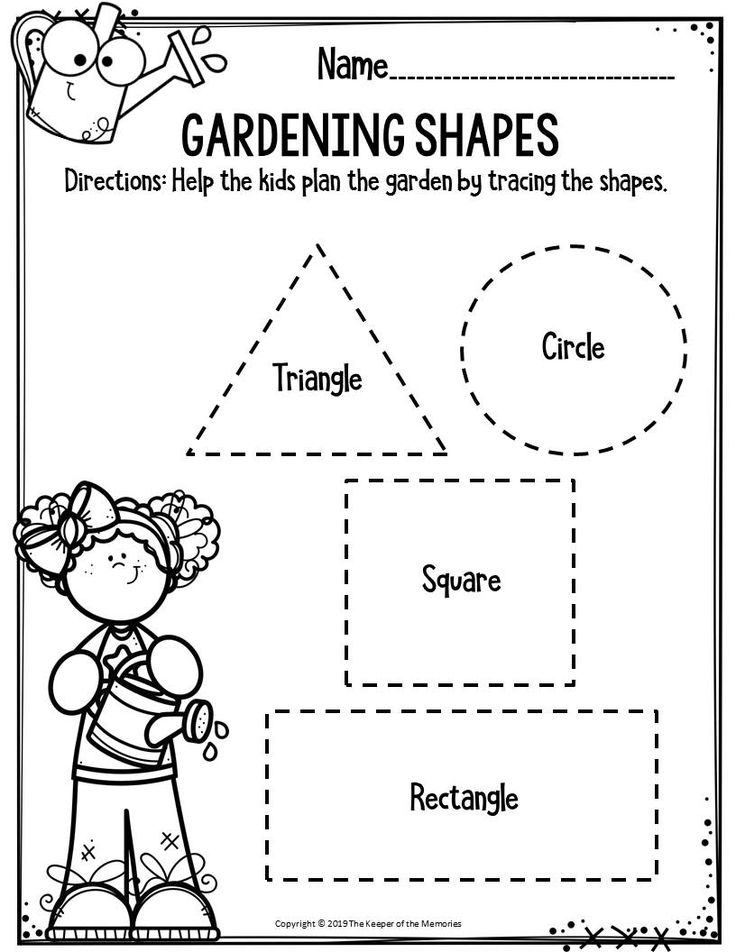 Include only a few items that are not rectangles.
Include only a few items that are not rectangles.
Hint: Your children may observe that a square is also a rectangle since it has four sides and four corners, and its opposite sides are the same length. If a child mentions this, explain that a square is a special kind of rectangle. Otherwise, don't introduce this concept because it will confuse many children who are just beginning to learn about shapes.
Mail Call
Ask parents and friends to help you collect envelopes from junk mail. Using file-folder labels, write the name of each of your children on a separate envelope. Put three construction-paper rectangles of various sizes and colors in each envelope. Place the "mail" in a shoe-box. Have the children take turns
selecting a piece of mail and delivering it to its recipient. Help them discover that the envelopes are rectangles. Let children open their mail at the same time. Discuss what they find inside.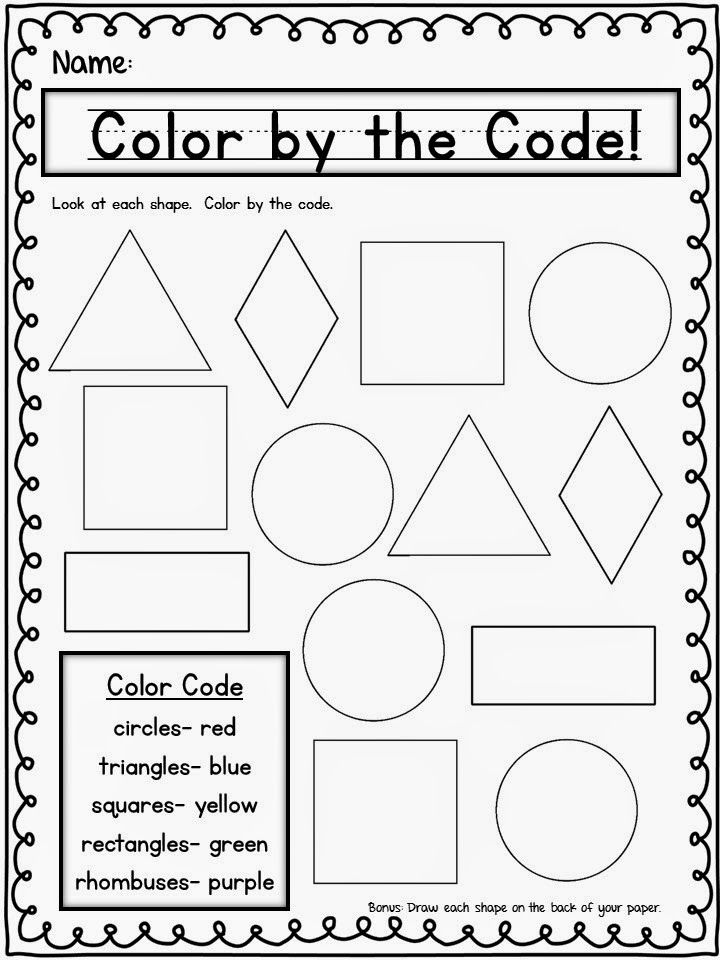 Challenge them to arrange their rectangles in order from large to small then have them return the rectangles to the
envelope and take them home to share with their families.
Challenge them to arrange their rectangles in order from large to small then have them return the rectangles to the
envelope and take them home to share with their families.
Mailbox Game
Make a mailbox by covering the lid of a shoebox with construction paper and cutting a slit in the top. Draw a rectangle on the lid. Collect 12 envelopes. Draw a rectangle on the fronts of half the envelopes and other shapes on the remaining half. Mix up the envelopes. Let your children take turns finding the envelopes with rectangles on them and mailing them in the rectangular mailbox.
~Totline Books, 123 Shapes
Rectangles - A Kid's Heart
Rectangle Coloring Page - DLTK
Rectangle Craft - DLTK
Rectangles Worksheets - Kid Zone
Rectangle Shape Monster Craft - All Kids Network
Rectangles - Preschool Express
Email Me!
Where would you like to go now?
Choose Your Destination------------------------------------COMPLETE SITE MAP------------------------------------Step By Step Home PageStep By Step Child CareChild Care Theme PagesChild Care FormsDaycare Information & Resources--------------------------------------------ABOUT STEP BY STEP CHILDCARE--------------------------------------------About Me My SetupMy Handbook My RatesMy Newsletter and CalendarTeddy Bear ExpressMy Discipline PolicyContact Me------------------------------------------ CURRICULUM & THEME PAGES------------------------------------------Preschool Theme PagesPackaged and Online Preschool CurriculumsSongsFun Foods & MenusScienceGames Toddler ActivitiesPoems, Poems, Poems!------------------------------------------DAYCARE INFORMATION PAGES------------------------------------------Daycare FormsCommonly Asked Questions by Providers & ParentsDaycare Advice for NewbiesWhat Providers Love & Hate About Their JobsTransition TimesDaycare & Parenting TipsAdvertising TipsGifts Daycare Providers Wish ForAre You Burnt Out?Tax InformationPlayground MaterialsGrant InformationParenting Articles------------------------------------AGES & STAGES------------------------------------Pregnancy & BirthAll About InfantsAll About ToddlersAll About PreschoolersAll About SchoolagersAll About TweensAll About Teenagers------------------------------------
Copyright 2004 - 2019 * Jana's Web Design * All Rights Reserved
40 Easy And Fun Hands-On Shape Activities For Preschoolers
One of the first math concepts that preschoolers learn is identifying shapes. They begin to distinguish among the different shapes and categorize items according to shape. They learn the names of shapes and their characteristics. They find shapes in everyday items. This collection of shape activities for preschoolers can lead preschoolers to explore shapes in all kinds of ways.
They begin to distinguish among the different shapes and categorize items according to shape. They learn the names of shapes and their characteristics. They find shapes in everyday items. This collection of shape activities for preschoolers can lead preschoolers to explore shapes in all kinds of ways.
Shapes Activities for Preschoolers
These activities will help your preschoolers learn their shapes. These shape activities for toddlers, will work in your preschool classroom and your kindergarten classroom.
1. Road Shapes with Cars (Pre-K Pages) – 22 printable road shape mats to help your litte learners identify shapes.
2. Making Shapes with Play Dough (Pre-K Pages) – A fun, hands-on playful learning experience that uses play dough to teach shapes!
3. Pattern Block Shapes (Pre-K Pages) – Pattern blocks can actually help your little learners build a strong foundation for learning geometry later.
4. Making Shapes with Geoboards (Pre-K Pages) – If you haven’t tried geoboard activities in your classroom yet, your kids are going to love them!
5.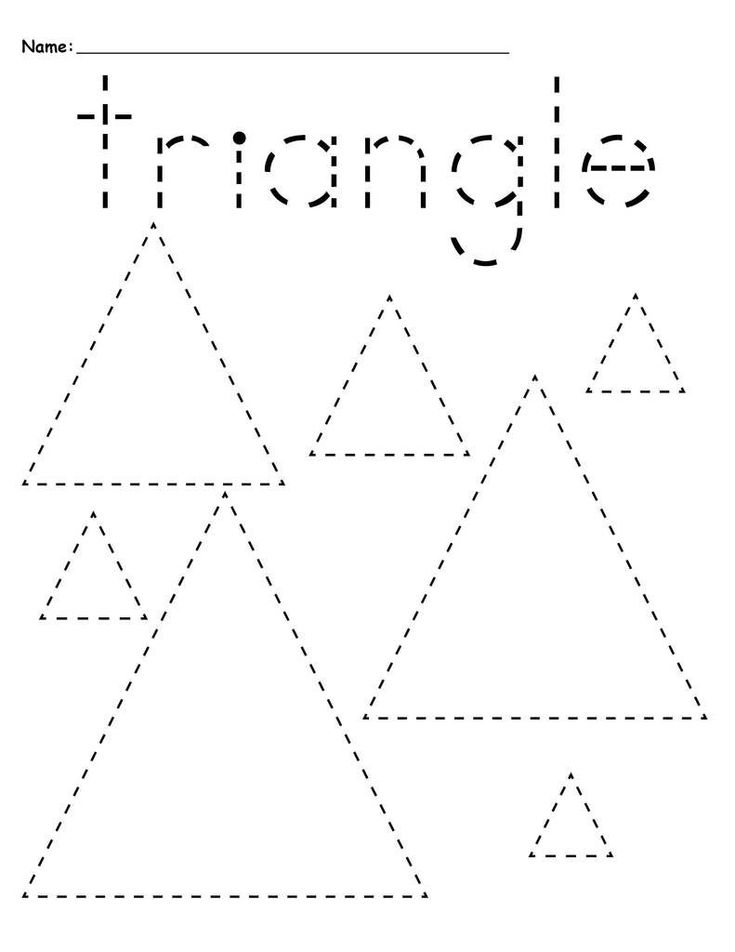 Create a Shapes Photo Book (Pre-K Pages) – To introduce shape concepts to my son, I grabbed the book So Many Circles, So Many Squares from our library as the anchor to our learning ship. Using this book, we went on a shape scavenger hunt and made a fun shape keepsake.
Create a Shapes Photo Book (Pre-K Pages) – To introduce shape concepts to my son, I grabbed the book So Many Circles, So Many Squares from our library as the anchor to our learning ship. Using this book, we went on a shape scavenger hunt and made a fun shape keepsake.
6. Perfect Square Shapes Art (Pre-K Pages) – This Perfect Square art activity is so easy to set up and totally open-ended. It goes perfectly with the book and would be an excellent addition to a shapes unit.
7. Building Shapes with Craft Sticks (Pre-K Pages) – Pair this activity with the book Shapes, Shapes, Shapes by Tana Hoban and you’ve got the perfect low-prep shapes lesson!
8. Teaching 3D Shapes (Pre-K Pages) – Here are some of my favorite ideas for teaching 3D shapes to young children in pre-k or kindergarten. I also wrote some very simple 3D shape songs for you that incorporate hands on learning; keep reading to download the 3D shapes printable song charts.
9. Nature Shape Scavenger Hunt (Pre-K Pages) – A Star in My Orange is a great way to reinforce shape recognition with your preschoolers. They will also immediately want to run outside for their very own shapes scavenger hunt in nature!
Nature Shape Scavenger Hunt (Pre-K Pages) – A Star in My Orange is a great way to reinforce shape recognition with your preschoolers. They will also immediately want to run outside for their very own shapes scavenger hunt in nature!
10. The Shape of Things Chalk Drawings (Pre-K Pages) – Shapes are found, identified, and drawn in all preschool classrooms! Discovering just how often circles, squares, and triangles occur in our everyday life make them relevant to children.
11. Shape Wands (Pre-K Pages) – Make some shape wands and turn your home or classroom into the perfect place for kids to learn and identify shapes.
12. Shape Exploration (Pre-K Pages) – After reading the wonderful book Mouse Shapes by Ellen Walsh, I thought it would be fun to make a mouse that could be used in a shape game. The mice in the book explore shapes so, why shouldn’t we?
13. Make a Tortilla Shape Snack (Pre-K Pages) – We have the perfect recipe for exploring a math concept.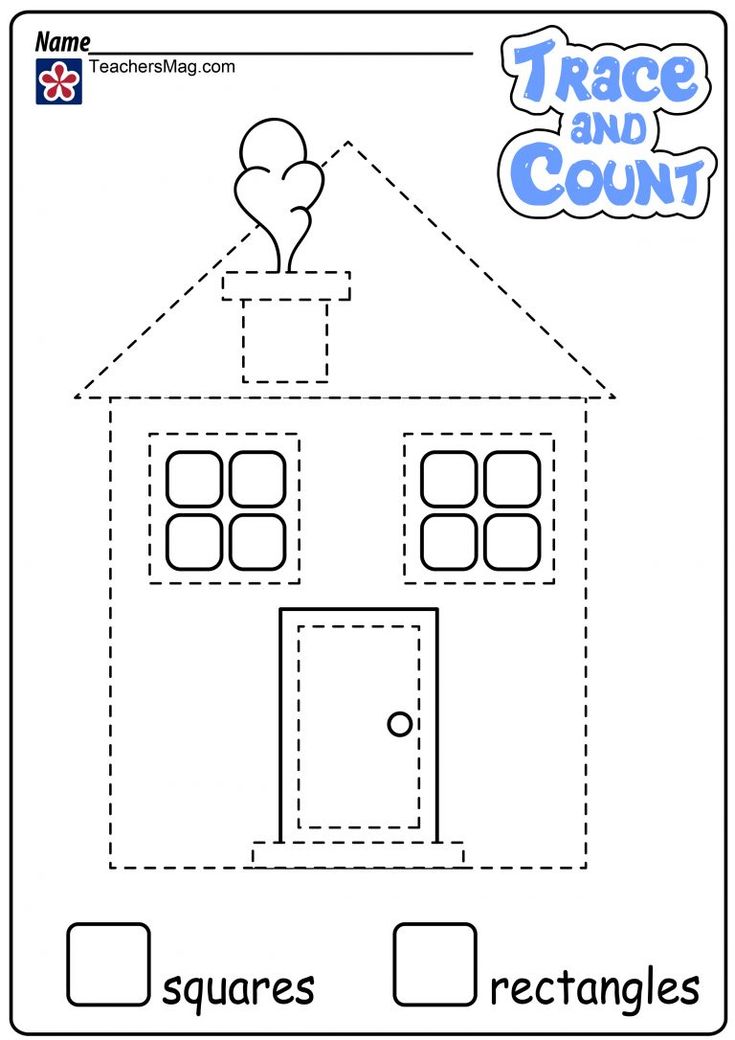 Read aloud one great children’s book. Make a healthy and yummy treat. Combine the two together and you have a lesson on shapes.
Read aloud one great children’s book. Make a healthy and yummy treat. Combine the two together and you have a lesson on shapes.
14. Shapes Word Chart (Pre-K Pages) – This word chart focused on shapes but you can make a word chart for any topic.
15. “I Have Who Has” Shapes Game (Prekinders) – You may have seen the “I Have, Who Has” card games circulating the internet a lot lately, so this is a fun twist for Pre-K to teach shapes.
16. Games and Activities for Teaching Shapes (Prekinders) – Here are a fun few ways to teaching shapes, like shape bingo and a memory game.
17. Tracing Shapes on the Flannel Board (Teach Preschool) – A wonderful way to introduce letters and shapes while building pre-writing skills!
18. Hunting for Shapes (Teach Preschool) -Explore shapes with a fun and interactive game!
19. Exploring Shapes with Blocks on a Table Top (Teach Preschool) – A simple and engaging exploration of shapes and colors!
20.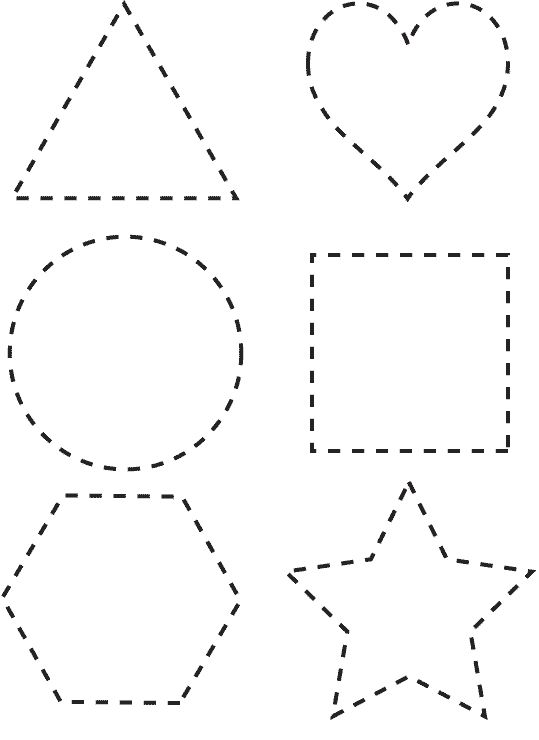 Learning Shapes by Rolling a Ball (Hands On As We Grow) – Try a fun hands on activity for toddlers for a creative twist to learn shapes!
Learning Shapes by Rolling a Ball (Hands On As We Grow) – Try a fun hands on activity for toddlers for a creative twist to learn shapes!
21. Finding Shapes at the Playground (Buggy and Buddy)- Just print out the free shape hunt printable and go searching for shapes at the playground with this fun geometry activity for children!
22. Geometric Shapes Math Activity (Little Bins for Little Hands) – This simple geometric shapes activity for kids is easy to do at home or as a math center in school. It also makes a terrific STEAM project including a bit of art and design too.
23. Gruffalo Themed Shape Animals (Educators’ Spin on It) – Exploring shapes with young children can be such fun when you involve a few animal friends from The Gruffalo.
Shapes Activities for Preschoolers
24. Feed the Shape Monster Game (Imagination Tree) – Make a fun activity for preschoolers and school aged kids with this feed the hungry shape monsters sorting game!
25.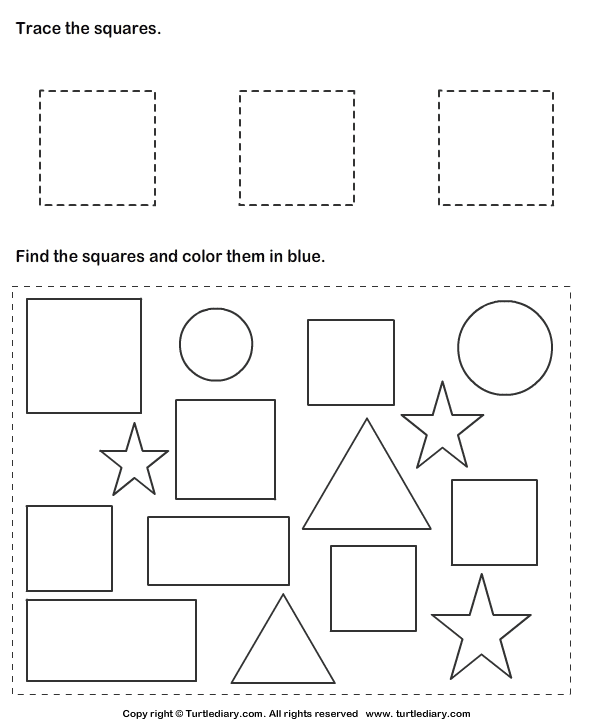 Sticky Shape Bugs Activity (Mom Inspired Life) – This was a great way to develop fine motor skills and critical thinking skills while learning about shapes.
Sticky Shape Bugs Activity (Mom Inspired Life) – This was a great way to develop fine motor skills and critical thinking skills while learning about shapes.
26. Learning Shapes with Spaghetti Noodles (Teaching Mama) – Looking for a fun way to teach shapes? Well here’s a very fun way using spaghetti noodles! This hands-on activity also is a great sensory activity.
27. Matching Shapes to Outlines (Busy Toddler) – Create this fun easy DIY shape mat to practice shapes with your preschoolers.
28. Chalk Shapes Jumping Game (Craftulate) – All you need for this shape activity is some sidewalk chalk!
29. Open and Closed Polygons Game (JDaniel4’s Mom) Grab some LEGOs and have fun with these polygon games, like hockey!
30. Shape Sensory Squish Bag (Still Playing School) – Create this sensory squish bag with triangles, circles, and squares. It’s irresistible to touch and talk about in the window or on the table. It’s super easy to make, too!
31. DIY Shape Puzzles (Munchkins and Moms) – If you have some Jenga blocks and markers, then this easy DIY shape puzzle will be a fun engaging activity for your preschoolers.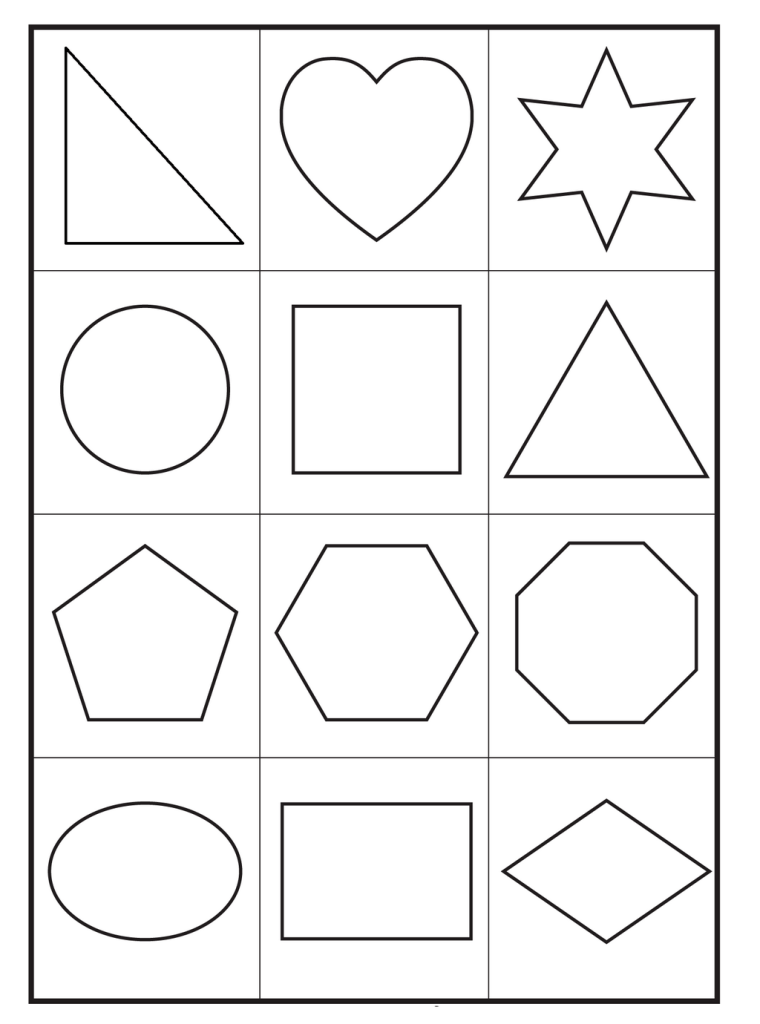
32. Stamping Shapes in Kinetic Sand (Still Playing School) – Stamping shapes into kinetic sand is a great opportunity to work on shape identification, count the sides and corners, and compare and contrast the shapes.
33. Making Trucks from Shapes (Powerful Mothering) – Using your wooden blocks to draw and create trucks!
34. DIY Waldorf Square (Rhythms of Play) – An easy DIY toy for kids made with wooden blocks and liquid watercolor paints.
35. Magazine Shape Hunt and Sort (Mom Inspired Life) – This magazine shape hunt is jam-packed with learning! Kids will learn shapes while they practice cutting, gluing and sorting. It’s also an awesome way to work on critical thinking and observation skills.
36. Building Rockets with Shapes (Stir the Wonder) – Building rockets with shapes is a fun way to review shapes and colors with toddlers and preschoolers!
37. Build on Shape Outlines (Brick by Brick) – Use wooden blocks in a new fun way and work on shapes at the same time!
38.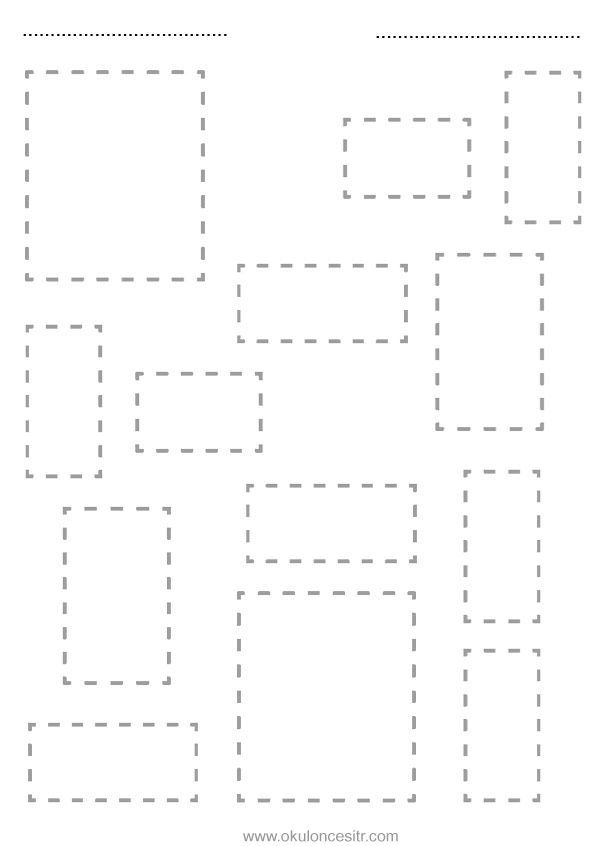 Shapes in Our Neighborhood Book (Munchkins and Moms) – Go for a walk and look for shapes in the neighborhood and then create a photo book after!
Shapes in Our Neighborhood Book (Munchkins and Moms) – Go for a walk and look for shapes in the neighborhood and then create a photo book after!
39. Sorting Shapes in the Sensory Bin (Learning 4 Kids) – Your preschoolers will practice their shapes and fine motor skills while having fun with this shape sensory bin.
40. I Spy Shape Hunt (Munchkins and Moms) – Create these fun easy spy glasses and go on a shape hunt!
Follow my Shapes Pinterest Board for more great ideas!
Educational activities for children 2–3 years old
At the age of two or three years, a child actively explores the world around him, learns to talk and communicate with adults and peers. During this period, his personality begins to form. Therefore, parents need to pay special attention to the development of speech, thinking, social skills.
Contents of the article:
- Classes for the development of logical and mathematical thinking
- Lessons for the development of speech
- Gross and fine motor activities
- Classes on the study of the properties of objects
- Getting to know the outside world
- Output
Classes for the development of logical and mathematical thinking
The thinking of two and three year olds is clearly effective.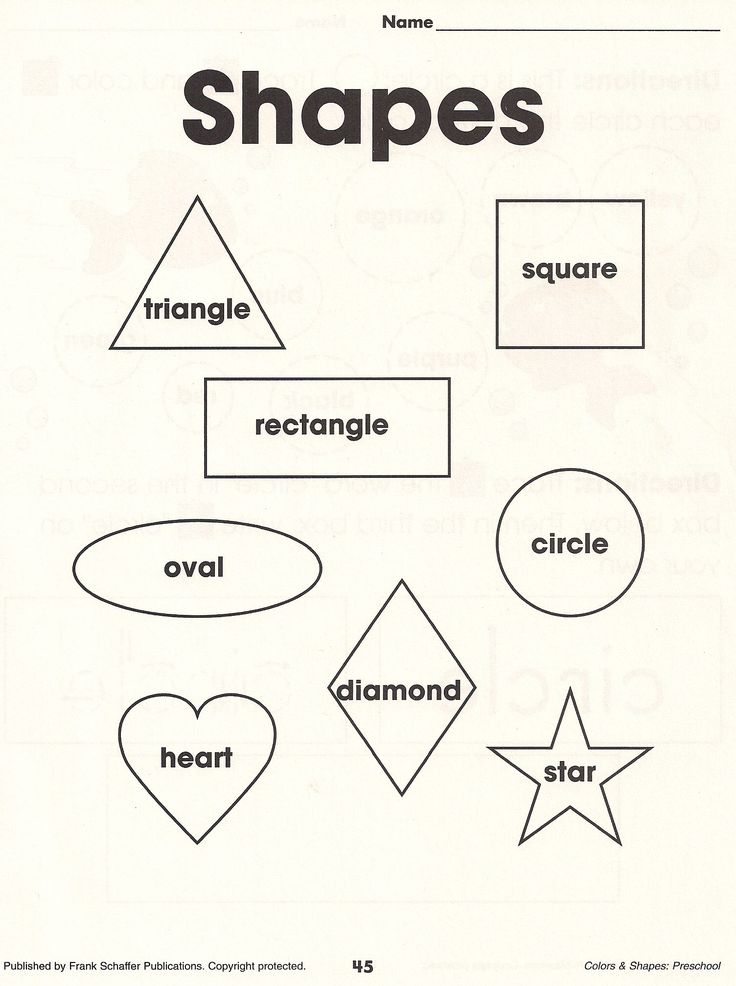 The ability to think logically implies the ability to analyze, compare and generalize. You can develop logic and teach your little one basic math skills with the help of the following exercises.
The ability to think logically implies the ability to analyze, compare and generalize. You can develop logic and teach your little one basic math skills with the help of the following exercises.
✅Comparison
Take a handful of buttons or other small items and divide them into two unequal piles. The child must determine which pile has a lot of buttons, and which has few. If he does not see the difference between the concepts of "a lot and a little", explain to him what it is.
The second variation of this exercise is the value comparison. Take several objects or toys of different sizes. Ask the baby to show where the small objects are and where the large ones are.
✅Score
Children at the age of two or three are not yet familiar with numbers. It is better to master the counting skill on surrounding objects or on the fingers. Teach your child to show his age on his fingers, tell him how old he will be in a year, two, three.
It is convenient to use counting sticks or any other items for counting. Climbing the stairs with your child, count the steps, passing houses - windows, walking along the alley - trees or lampposts.
Climbing the stairs with your child, count the steps, passing houses - windows, walking along the alley - trees or lampposts.
✅ Hidden Object
Hide the toy in the room and ask your baby to find it. Help him by suggesting places to search - under the sofa, behind the armchair, in the closet, etc. Then you can switch roles - the child hides the toy, and you are looking for it.
Speech development classes
Between the ages of two and three, children experience a significant leap in speech development. Their vocabulary is replenished very quickly. Having become acquainted with a new word, children bring it into their vocabulary and begin to actively use it. Simple exercises will help develop speech skills.
✅Reading
The best way to develop speech is reading. Buy picture books for 2-3 year olds. Choose poems, fairy tales, nursery rhymes. It is useful for a child to listen to both prose and poetry.
When reading a fairy tale, ask your child questions about the plot.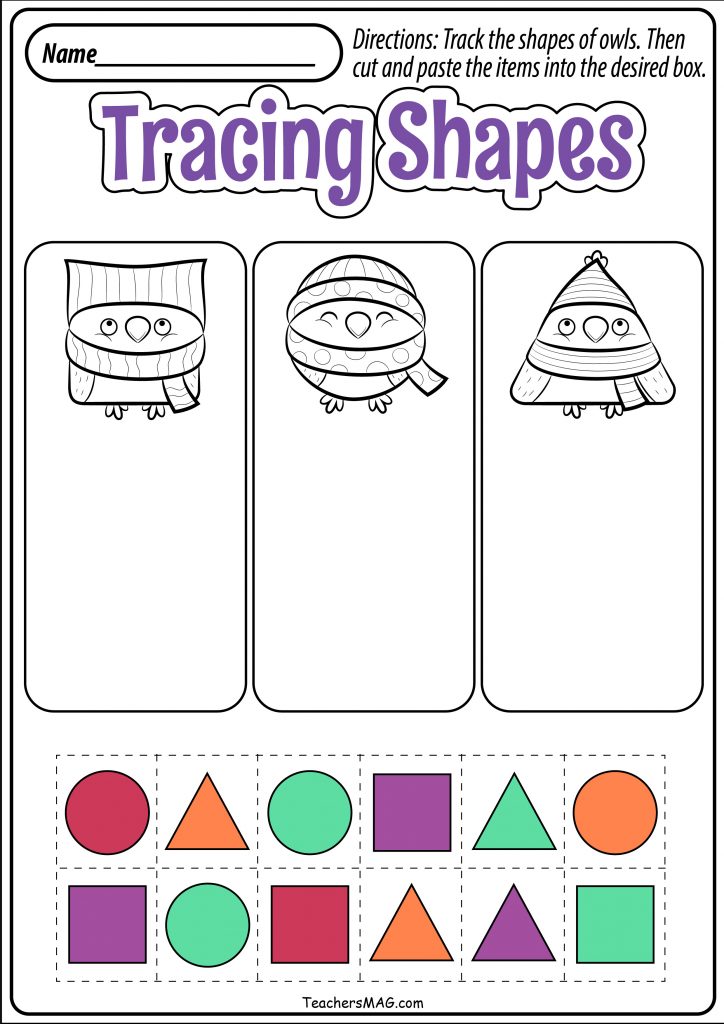 If he finds it difficult to answer, help him. Explain the meaning of each unknown word. Look at the illustrations in the book and discuss with your child.
If he finds it difficult to answer, help him. Explain the meaning of each unknown word. Look at the illustrations in the book and discuss with your child.
✅Singing
This fun activity encourages speech development and voice training. Sing with your baby children's songs with and without musical accompaniment. Children quickly memorize rhyming lines and a motive, and sing along with adults with pleasure.
✅Composing proposals
Think of the beginning of a sentence and ask your child to continue it. For example, "Mom bought today in the store ..." or "Black runs down the street ...".
✅ Discuss the events of the day
Discuss the events with your child every day. For example, “You and I went to the park today and fed the ducks in the pond. And in the evening, my grandmother came to visit and brought a delicious pie, ”etc. If the baby goes to kindergarten, ask him to tell you how the day went, what he did, what interesting things happened.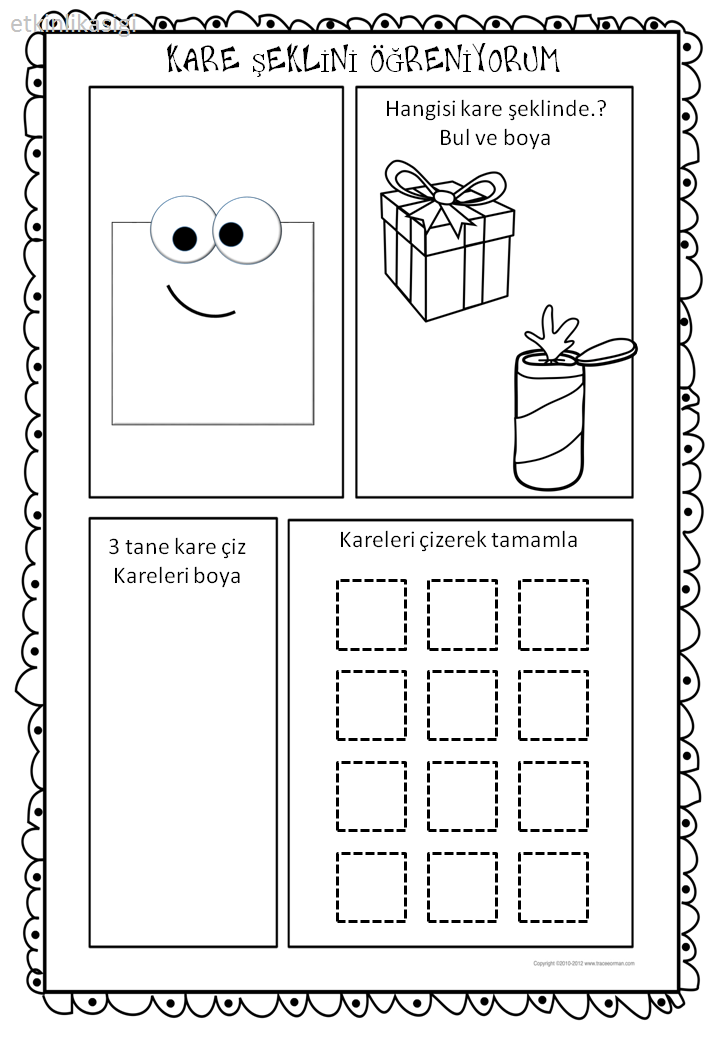
✅Describing objects
Take an object and ask the child to describe it, asking leading questions (What color is it? Is it big or small? What does it look like? What is it for? etc.).
At the age of 2–3, children still do not pronounce words well, many of them abbreviate and distort. Be sure to correct your child when they speak incorrectly. Of course, he still does not know how to pronounce all the sounds, so a clear pronunciation will not work. But still, try to teach the baby to speak as correctly as possible.
Classes for the development of attention
At such an early age, attention is involuntary. This means that the child does not yet know how to concentrate it by willpower. His attention is attracted by what is of interest (a bright toy, the sound of music, people around him). Attention, like other mental processes, can and should be developed.
✅Search for an object
Take a picture with a story and ask the child to find a certain object or character in it.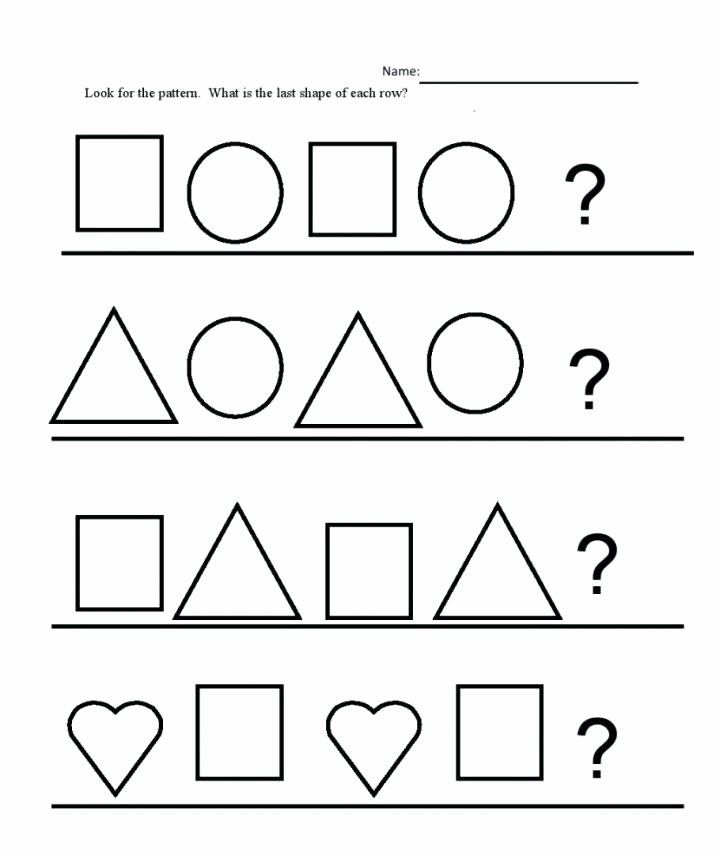 The same exercise can be performed outdoors. Ask the baby to show a flower, a red car, a cat, a girl in a green jacket, etc.
The same exercise can be performed outdoors. Ask the baby to show a flower, a red car, a cat, a girl in a green jacket, etc.
✅Similar Detection
Take an object, such as a book, and ask the baby to look around the room for things similar in shape to her. It can be a phone, a tablet, a picture on the wall. You can search for objects that are similar not in shape, but in color, size and other features.
✅Finding the Missing Item
Take some toys, arrange them on the table and ask your child to look at them carefully and memorize them. Then he should turn away or leave the room, and at this time you remove one toy. The task of the child is to determine which toy has disappeared.
Classes for the development of gross and fine motor skills
Finger motor skills are directly related to cognitive processes - speech, memory, thinking. Therefore, it needs to be developed. There are many exercises for this.
✅ Games with small objects
Invite your child to sort the buttons by size, string large beads on a string, roll the balls in his hands. Be careful not to put a small object in your mouth, nose, or ear.
Be careful not to put a small object in your mouth, nose, or ear.
✅Construction set and jigsaw puzzle
Buy your child a construction kit or jigsaw puzzle for kids and build with him. This exciting activity strengthens the small muscles of the hand, makes the fingers more dexterous, trains attention and imagination.
✅Sculpting
Sculpt with your child various figures from clay, plasticine or salt dough. To make the lesson more interesting and exciting, read a fairy tale or watch a cartoon, and then try to make a character you like.
✅Finger games
Not only babies love to play finger games. Toddlers aged two or three love them too. Teach your baby to fold fingers into different shapes:
- fold your thumb and forefinger into a ring and bring it to your eyes - you get glasses, and if you use all your fingers - binoculars;
- clench the hand into a fist and stick out the index finger and little finger - these are the horns of a goat;
- "Step" with your index and middle fingers on the table, representing the legs.
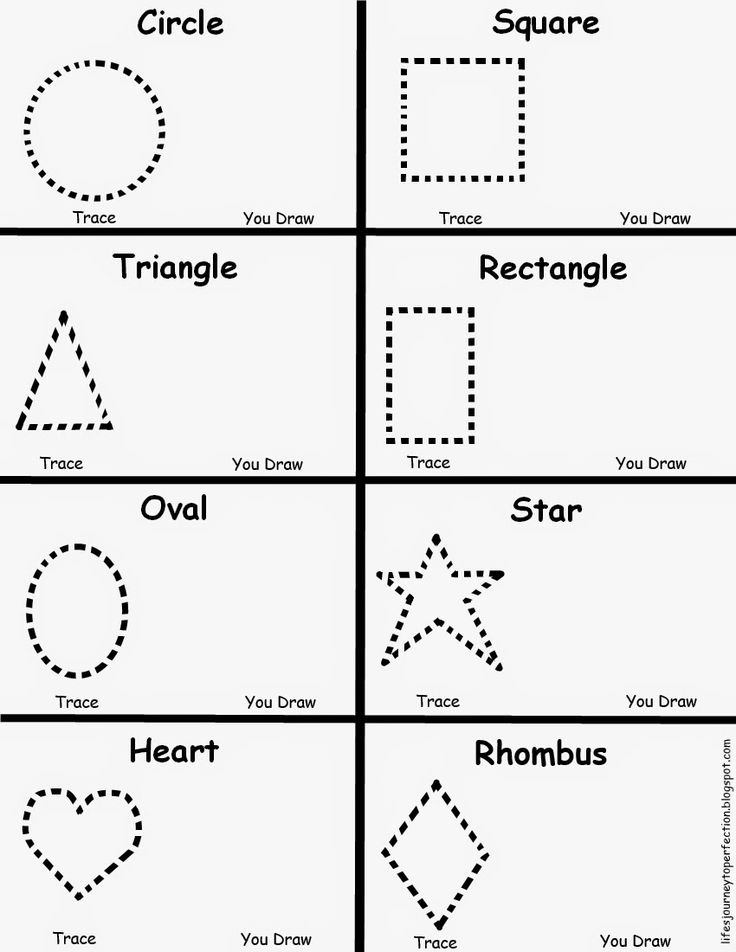
Invite your child to show their imagination by inventing and putting together unusual shapes from their fingers.
Gross motor skills are developed by ball games, cycling, jumping, wall bars and any physical activity. Teach your child to fasten and unfasten buttons, Velcro, hooks on clothes, put on and take off things on their own.
Classes for the development of intellectual abilities
Reading, music, creative work, solving logical and mathematical problems contribute to the development of the baby's intellect.
✅Drawing
Invite your child to draw a house, himself, mother. Set a theme for the picture, tell the child what details can be added to it. For example, a house can be surrounded by trees, the sun and clouds can be depicted in the sky.
✅ Role-playing games
Make up a story, choose the right toys and play it out with your baby. For example, a doll is sick: you need to put her to bed, take her temperature, give her medicine in a spoon.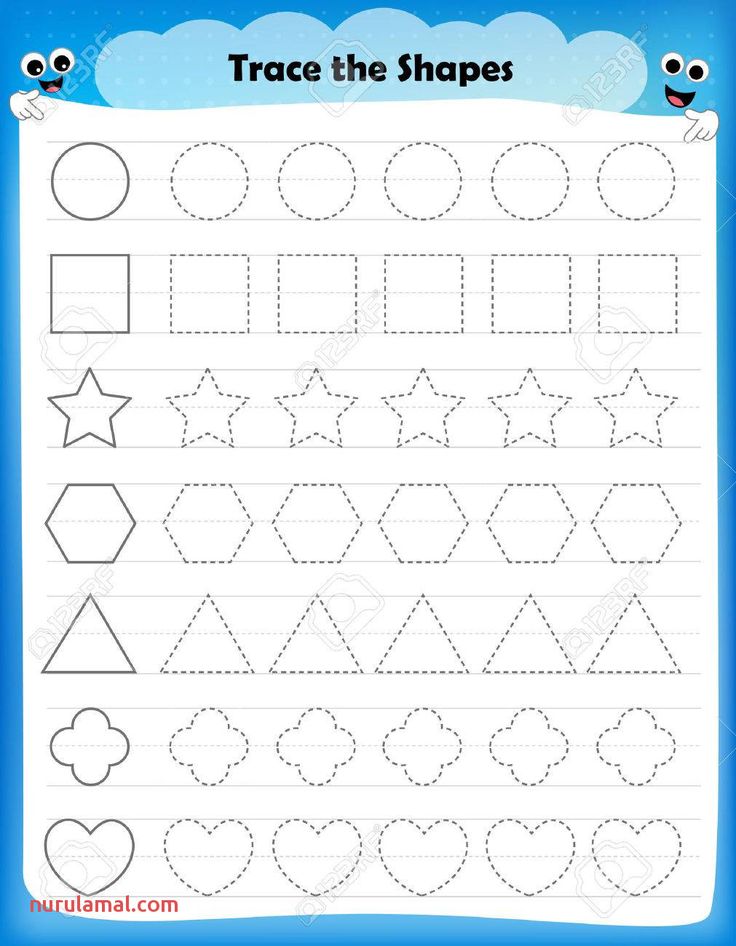
✅Music
Listening to classical music has a positive effect on the mental development of children, and also brings up a sense of beauty in them. It is useful not only to listen to music, but also to dance to it. This has a positive effect on both mental and physical development.
✅Puzzles
Collecting puzzles trains attention, thinking, memory. Buy your child large puzzles with a small amount of detail and a clear image. First collect them together with the baby, and then invite him to do it on his own.
✅Sorting items
Shuffle the cards with different items and ask the child to sort them into categories, eg vegetables, fruits, clothes, furniture.
✅Riddles
Riddles are good for training the intellect. The main thing is to select tasks that are age-appropriate and understandable to the child.
✅Sunny bunny
On a clear day you can play with sun bunnies. Take a mirror and start letting bunnies on the ceiling, floor, walls.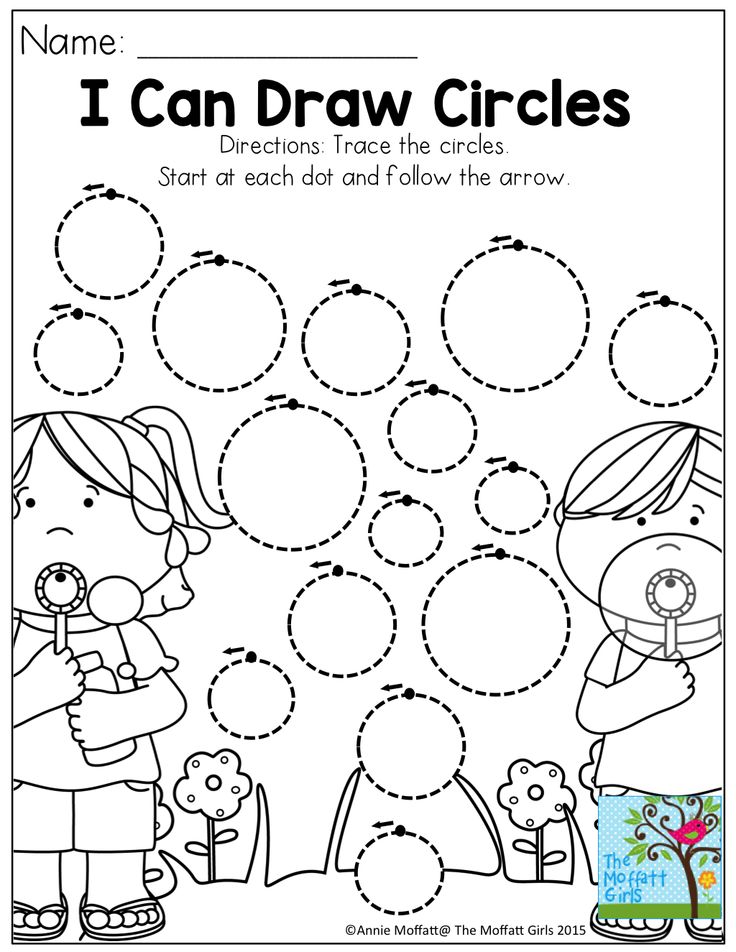 Then give the mirror to the child and let him try it himself. Coordinate his movements, suggesting how to catch a ray of the sun and direct it in the right direction.
Then give the mirror to the child and let him try it himself. Coordinate his movements, suggesting how to catch a ray of the sun and direct it in the right direction.
Classes to study the properties of objects
Learning the properties of various objects develops the thinking of the baby, helping him to understand how and for what this or that thing can be used.
Teach your child to compare objects according to the following criteria:
- size - big, small, tall, low, long, short;
- state - hard, soft, liquid, warm, cold;
- shape - round, square, rectangular, etc.;
- color.
Anything can be used as a "learning tool".
- Pour cold water into one glass and warm tea into another and ask your child how they differ (color, temperature, taste).
- Sew a few fabric bags (you can use old socks) and fill them with sand, beans, small stones, balls, etc.
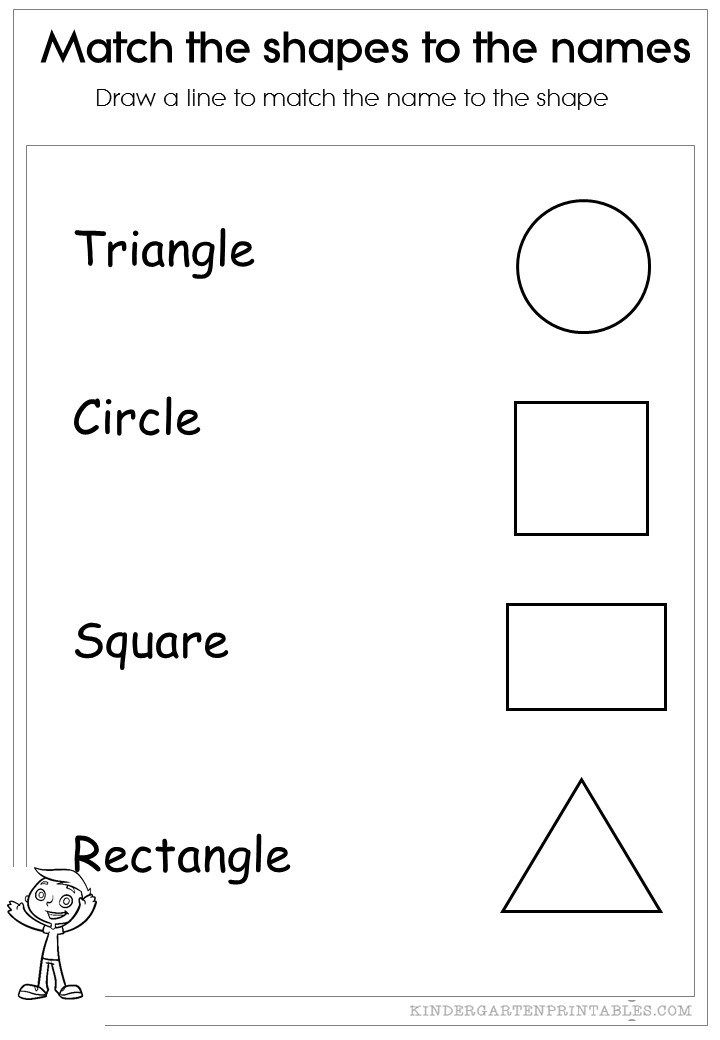 Let the child try to feel what is in each bag.
Let the child try to feel what is in each bag. - Buy a sorter - a special container with slots in the form of different geometric shapes and a set of matching inserts. The task of the child is to choose the right figure for each hole.
- Invite the baby to feel different materials - leather, fur, silicone, wood. Let him tell you how they differ (fluffy fur, smooth skin, etc.).
Getting to know the outside world
The scope for exploring the outside world is very wide:
- Animals. Tell your child which animals are domestic and which are wild, in what conditions they live, what their cubs are called. If you have the opportunity to visit the zoo, be sure to do it.
- Plants. On a walk, pay your baby's attention to the trees, flowers, shrubs growing around. Tell us what they are called, which ones are fruit. Collect the leaves and look at them with your baby.
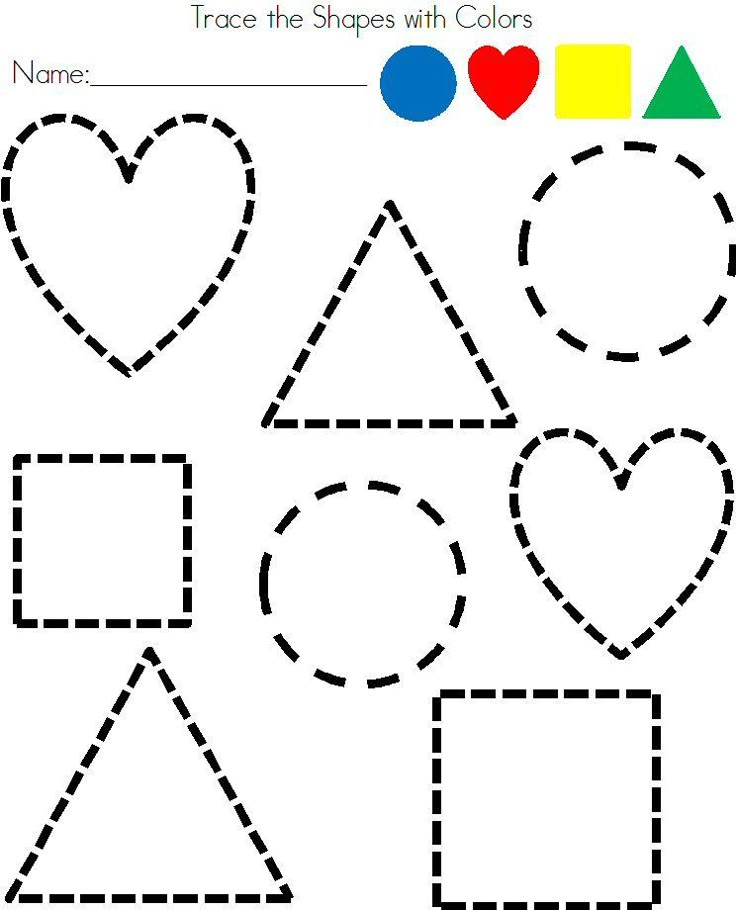
- Natural phenomena. Tell your child about different natural phenomena, the change of seasons and the weather. By the age of three, the baby should already know the name of the seasons and their main features.
- Materials. Tell your child about the materials from which various things are made (wood, metals, fabrics, paper, plastic).
At the age of two or three years, learning takes place in the form of a game. The main thing is to interest the child, and then he will be happy to study. Try to spend as much time as possible with the baby, do not dismiss his questions, but always answer them.
Invite the baby to help with the housework, give him small tasks (bring bread to the table, pour food for the cat, put away toys). Daily activities contribute to the development of independence and discipline.
Withdrawal
Child development centers and kindergartens "Baby Club" conduct classes for children of younger and older preschool age.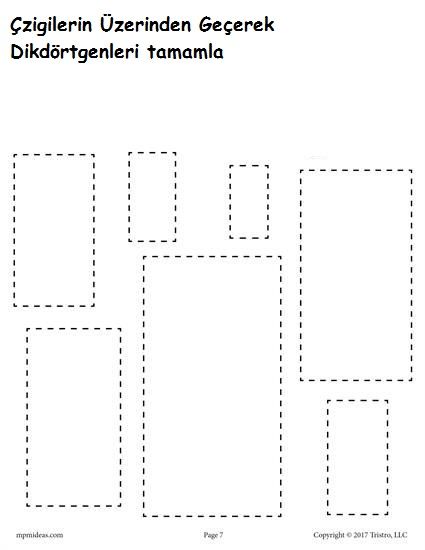 Experienced teachers will help to reveal the abilities of your baby and teach him useful skills. We have general and individual development programs. Sign up for a consultation and come to a trial lesson. We look forward to seeing you and your child!
Experienced teachers will help to reveal the abilities of your baby and teach him useful skills. We have general and individual development programs. Sign up for a consultation and come to a trial lesson. We look forward to seeing you and your child!
Children aged 5 to 7
Children from 5 to 7 years old
Child Development from 5 to 7 years old. You are in the section "Children from 5 to 7 years old".
In this section, we will help you find out and determine the level of development of your child, namely, what your child should know and be able to do at the age of 5 to 7 years.
What a 5 year old should know and be able to do.
This article is intended for your reference and gives approximate norms for the degree of formation of your child's mental processes at this age.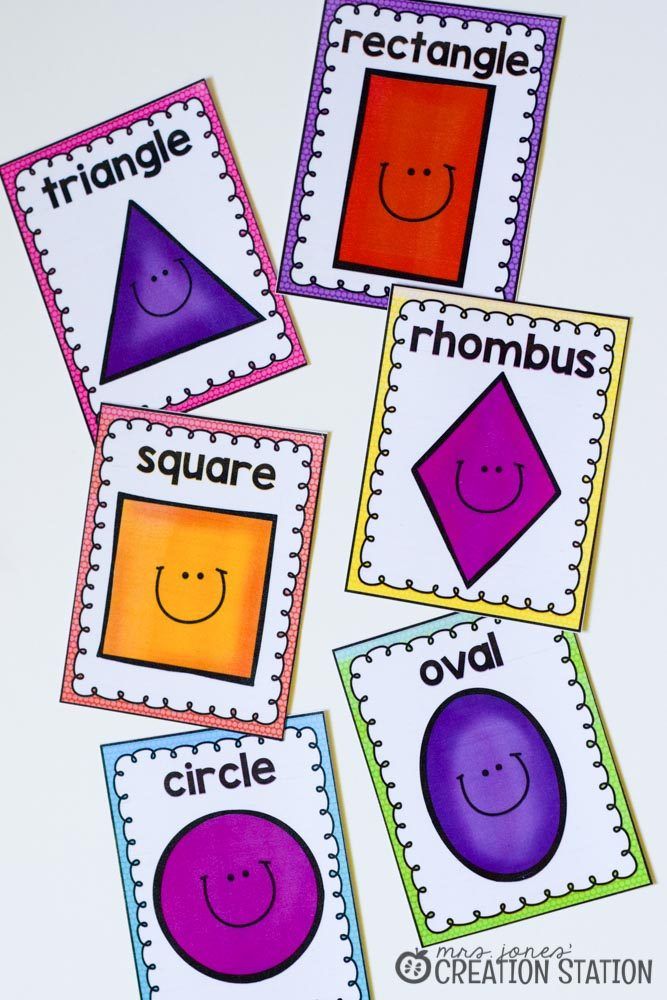 You can check his potential in different areas of knowledge, find out in which areas of knowledge your child succeeds, and in which additional attention and time are required.
You can check his potential in different areas of knowledge, find out in which areas of knowledge your child succeeds, and in which additional attention and time are required.
In this section "Children from 5 to 7 years old" we have collected all the material published on our website, which will help you and your child to study, prepare for the next, more in-depth stage of classes.
You can use the materials for your studies at home, in kindergarten or in elementary grades.
Mathematics
A child aged 5 to 7 should be able to:
1. The child should be able to solve the simplest tasks and puzzles.
2. The child must be able to add and subtract from numbers.
3. The child must be able to determine the direction: forward, backward, right, left, up, down.
4. The child must be able to count objects within 10 based on operations with sets.
5. The child should be able to compare numbers: equals-inequalities, more-less.
6. The child must understand and correctly answer the questions: How much? Which the? What's the score?
7. The child must know the composition of the first ten numbers.
8. The child should be able to distinguish and name objects of round, square, triangular and rectangular shapes.
9. The child should know such geometric shapes as: square, rectangle, circle, triangle, trapezoid, rhombus; geometric bodies: cube, ball, cylinder, pyramid.
10. The child must know the signs "+", "-", "=", "<;" and ">;".
11. The child must be able to compose and solve problems in one action for addition and subtraction.
12. The child must be able to divide a circle, a square into two and four equal parts.
13. The child must know the direct and reverse order of the number series.
Study aids:
1. Connect the numbers and color the picture
2. Cards Numbers
3. Connect the dots and see what happened
4.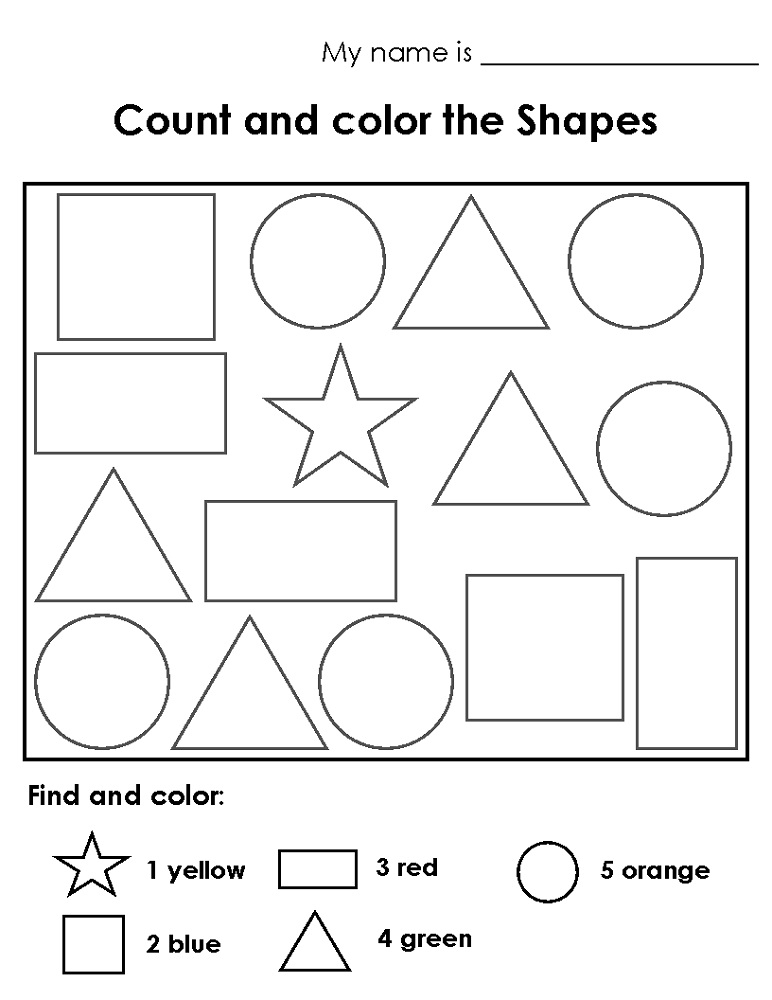 Cards "what is the extra number"
Cards "what is the extra number"
5. Writing. Learning to write Numbers 6
Subtraction and Addition
7. Writing. Numbers
8. Cards with Numbers
9. Numbers in words
10. Cards with Numbers-coloring
11. Math tasks, for the development of memory
12. Geometric shapes. Developing memory
13. Geometric shapes. Developing fine motor skills
14. Math tasks for preschoolers
15. Mathematics workbook
16. Learning to count. Develop memory with Geometric shapes
21. My first Mathematics Worksheet
22. Entertaining math tasks
23. Learn to count from 1 to 100
24. Mathematics workbook (from 6 years old)
25. Match the Number with the Number
26. Orient yourself in space. Before and After
27. Score within 10. Fixing
28. Recipes - Modes of Transport
29. Fixing the score within 20
30. Cards with Numbers
31. Puzzle Score from 1 to 10
32. Math with Dice
33. Puzzle Counting from 1 to 10
34.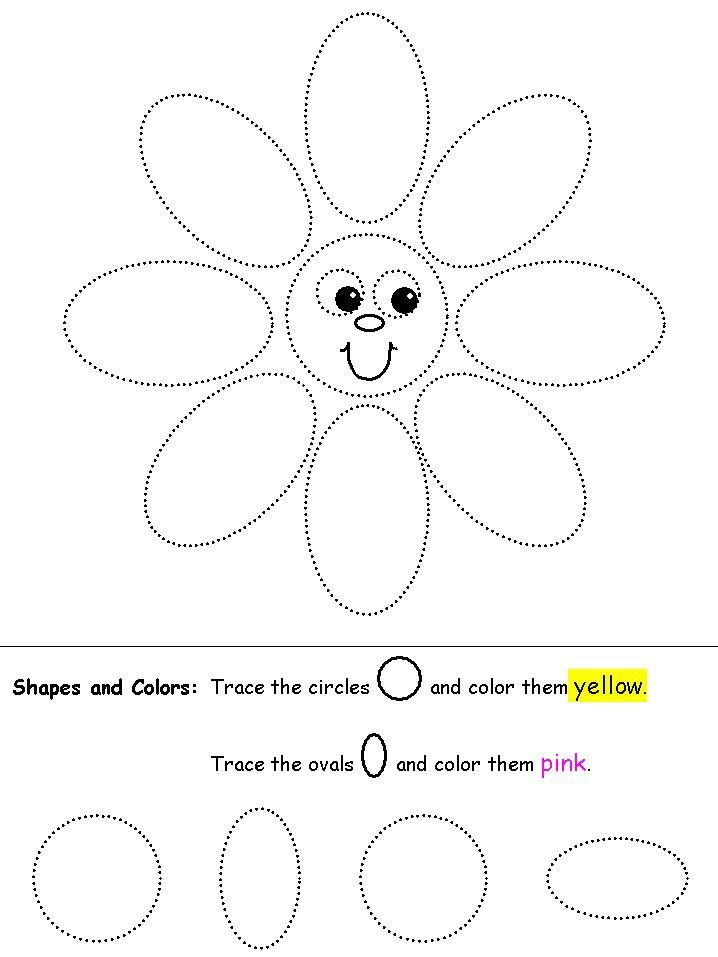 Math with Dice for Kids
Math with Dice for Kids
35. Puzzle Counting from 1 to 10
36. Coloring magazine for children about Horses
37. Cards Numbers and Signs
Logical thinking
- Development of Thinking, Memory, Attention
1. The child must be able to perform tasks in which it is necessary to identify a pattern and continue a series of proposed items.
2. The child must find an extra object from 4-5 proposed objects.
3. The child must be able to compose a story according to the proposed pictures, be able to finish the story (invent an end).
4. The child should be able to divide the proposed objects into two groups and find a common feature for each group.
Study aids:
1. Cards from the series find the extra object
2. Cards from the series find the extra object. Part 2
3. Read the encrypted message
4. Whose shadow is here
5. Large-small cards
6.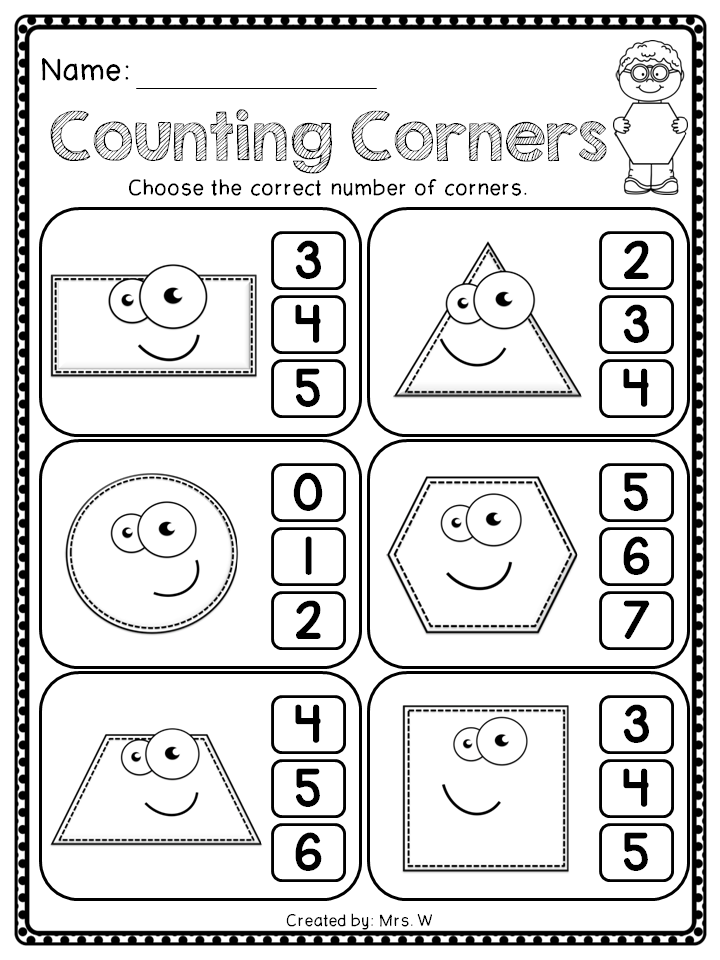 Krasnoukhov's puzzle
Krasnoukhov's puzzle
7. Logic coloring
8. Development of Attention
9. Development of Thinking
10. Development of Memory
11. Development of Memory. Part 2
12. School for preschool children. Developing thinking
13. Pentomino game
14. Game of opposites (Antonyms)
15. Find a pattern and continue the series
16. Orient yourself in space. Right and Left
17. Game - "What is What?"
18. Logic Puzzles for Preschoolers
19. Puzzles and Puzzles for Kids
20. Association Game: Find a Pair
21. Entertaining Logic. Think in a Square
22. Magic Cells and Dots
23. Game for the Development of Memory and Attention
24. Game "What for what?"
25. Puzzles for Children. Part 1
26. Puzzles for Children. Part 2
27. Attention Concentration Game
28. Match the Word with the Picture and Letters. Didactic Game
Development of Speech
A child aged 5 to 7 should be able to:
1.The child must give his name, surname, how old he is, name the city in which he lives, what are the names of the parents, how old are they, where and by whom they work.
2. The child must know the home address, home telephone number
3. A child's speech should be as close as possible to adult speech (in terms of quality).
4. The child must know what intonation is, must use it to express his emotions.
5. The child must be able to distinguish between an incentive sentence and a declarative one, an exclamatory sentence from an interrogative one, and must be able to use them.
6. The child must be able to formulate and ask questions, build reasoning, argue.
7. The child must be able to conduct a dialogue and a monologue.
8. The child must know by heart a lot of learned poems, complex and large works. He must speak with expression.
Training aids:
1. Video ABC for children. Learning to read
2.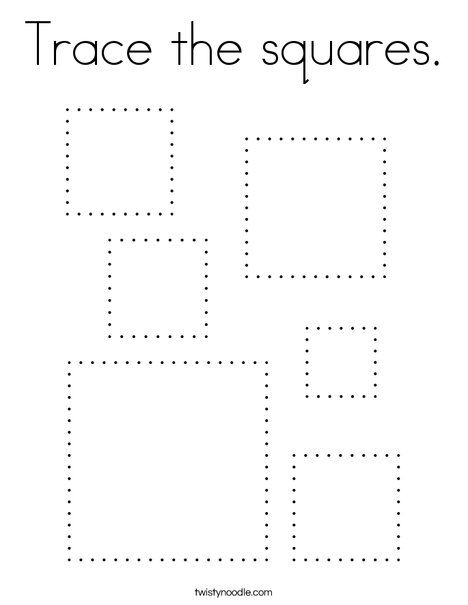 Alphabet in the form of cards
Alphabet in the form of cards
3. How to teach a child to read by syllables
4. Learning to Read. Part 1
5. Learning to Read. Part 2
6. Learning to Read. Part 3
7. Colored letters of the Alphabet
8. Unique ABC spelling
9. How to prepare your hand for writing
10. How to prepare your hand for writing. Part 2
Syllables
14. Workbook for preschoolers
15. Tongue talkers
16. Hard and Soft consonant sounds (Cards)
17. Counting and counting
18. Vowel plus Consonant Syllables
19. Reading9 and Development of Speech
with 2 Prepositions of the Child 20. 21. Coloring-Solve, Remember, Draw
22. Read Combinations of Words
23. Collect the Word from the Picture and Letters
24. Cards - What Letter the Word Begins with
25. Collect the Word from the Picture and Letters. Didactic Game
World around
A child aged 5 to 7 should be able to:
1.The child must know the names of all the objects around him: furniture, dishes, clothes, household and electrical appliances, plants, animals, natural phenomena, the names of his favorite cartoons, fairy tales, books, the names of his favorite characters.
Worksheets:
1. Transport Cards
2. Human Body Parts Cards
3. Fruit Cards
4. Vegetable Cards
5. Cards learn Colors
6. Cards Furniture
7. Cards "animals and what they eat"
8. Cards Animals and Birds
9. Profession cards
10. Structure of Trees and Leaves
11. Season Autumn
12. Season Winter
13. Season Spring
14. Season Summer
15. Cards learning Colors
16. Winter month - December
17. Winter month - January
18. Winter month - February
19. Winter
20. Fruits and berries. Learn and color
21. Vegetables. Learning and coloring
22. Fruits and Berries (coloring cards)
23.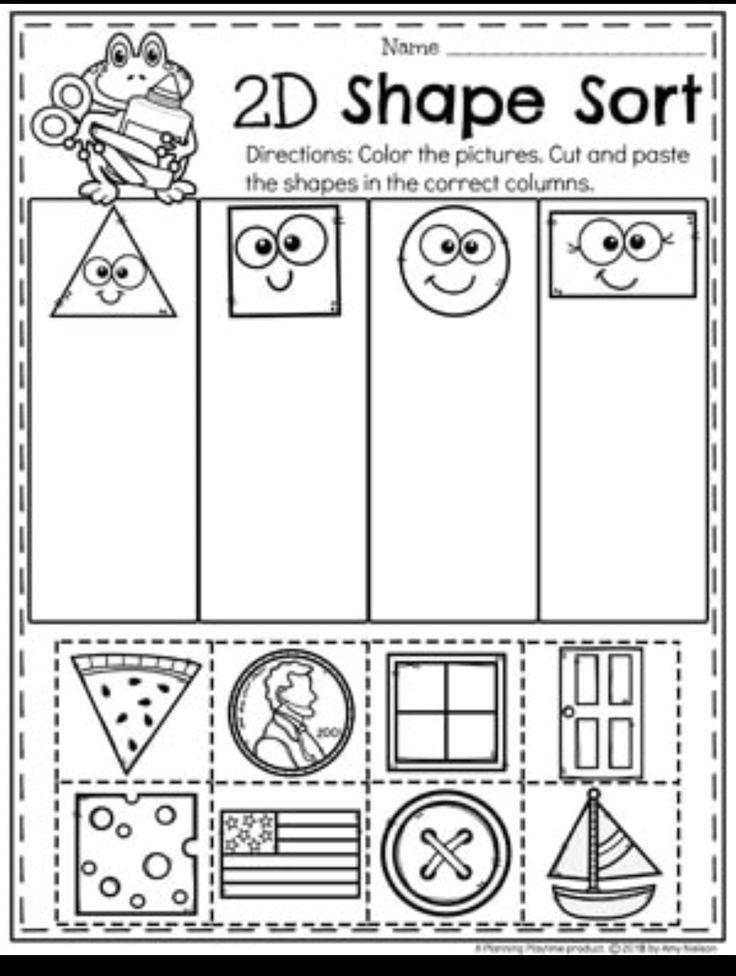 Spring month - March
Spring month - March
24. Spring month - April
25. Spring month - May
26. Unique books - Seasons
27. Summer month - June
28. Summer month - July
29. Summer month - August
30. Autumn months - September
31. Autumn months - October
32. Autumn months - November
33. Cards Household appliances
34. Professions for children
35. What does the House consist of?
36. Cards Insects
37. About Mushrooms for children
38. Cards Tools of the house master
39. Crockery and cutlery
40. The world around us
41. Cards Game "What for What"
42. Cards Insects 2.
43. Profession cards. Part 2
44. Cards Flowers
45. Cards Seasons and Natural Phenomena
46. Educational Games with Clothespins
Household Skills
A child aged 5 to 7 should be able to:
1. The child must be able to make phone calls.
2. The child must know how to thread a needle, how to sew on a button
3.The child must be able to behave at the table.
4. The child should brush his teeth independently, rinse his mouth after eating.
5. The child must be able to fasten buttons and tie shoelaces.
6. The child must know what it means to be neat, must be able to take care of the hair, the nails and the condition of the clothes.
7. The child must know what a traffic light is for, what each color of a traffic light is for, how and where it is possible to cross the road.
8. The child must know the name of the current month, the sequence of days of the week.
Teaching aids:
1. How to teach a child to tie shoelaces
2. Outline and color
3. Paper fruits
4. Tic-tac-toe game in a new way
5. Signs and Properties of objects
6. Applique Flowers
7. Get acquainted with the concepts: Right, left, top, bottom
8. Study the Clock
9. Parts of the Human Body
10. Recipe for Lefties
11. Game - all Professions
Game - all Professions
12. My Home. Components of a house.
13. Lotto for kids-Learning Time
14. Plasticine and beads
15. Board Game Tell us about your city
16. City tour with exciting tasks
17. Children's Counting Rhymes
18. Button Applications
19. Christmas Tree Cones DIY
20. Cheerful Chupa-Chups
21. Children's Wall Clock
22. Children's Bookmarks
22. How to teach a child to jump rope
23. How to teach a child to clean his room
English
A child aged 5 to 7 can be introduced to English.
Use parent and teacher guides for teaching English to children ages 5 to 7.
Study aids:
1. English Letter Puzzle
2. English with Disney characters
3. English with Disney characters. Part 2
4. Cards with Letters of the English Alphabet
5. Non-color cards with Letters
6. Cards with animals and birds in English
7.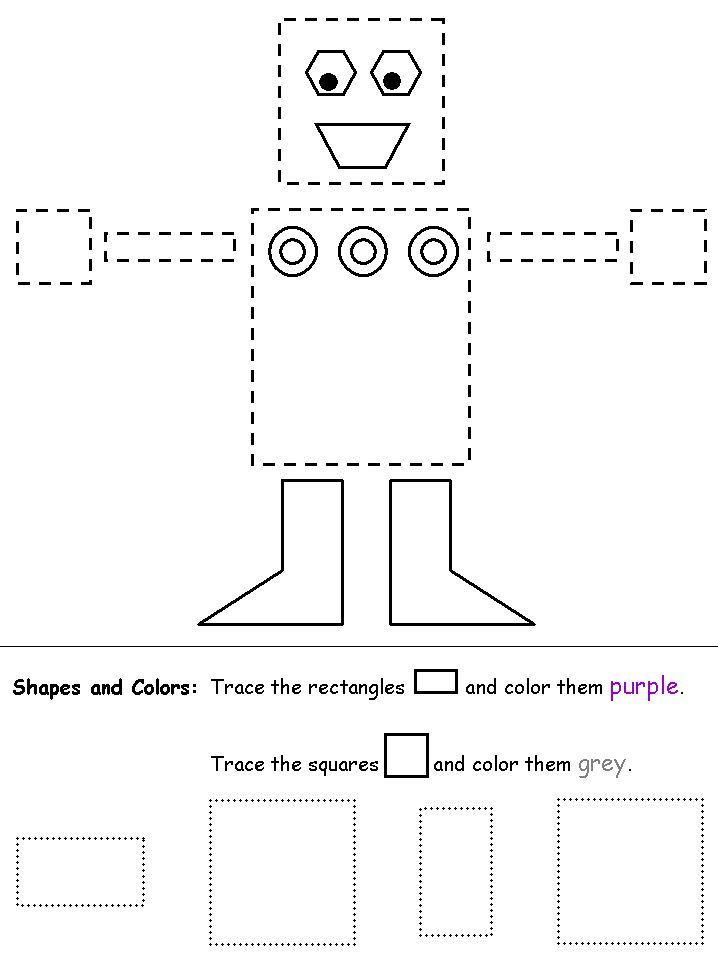 Card numbers in English
Card numbers in English
8. Choose the correct word
9. Cards Fruits and Berries
10. Cards with English words. Part 1
11. Cards with English words. Part 2
12. Furniture cards in English
13. Household appliances cards
14. English with Disney characters. Part 3
15. Learning to write English letters
16. English with Disney characters. Part 4
17. Cards Clothes
18. Flashcards Vegetables in English
19. Flashcards Transport in English
20. Puzzles Large and small letters of the English alphabet
21. Flashcards Months in English
Checking the Knowledge of a Preschooler Dear Parents!
We offer you a list of questions that will help determine how ready your child is for entering school.
To the questions presented, you will find possible answers that your child can use.
We all know that testing children before entering school is not provided for by current legislation.But this is on paper. In practice, testing will be an obligatory step when entering a gymnasium or simply a prestigious school. Moreover, the same testing, only under the name "interview", will most likely be offered to the child before entering any educational institution...
When selecting questions, topics that are widely used in interviews with children entering school were used. Mathematics, Logic, Attention, Memory, Natural history, Social education, Speech development.
1. Checking the Knowledge of a Preschooler
2. Checking the Knowledge of a Preschooler
3. Checking the Knowledge of a Preschooler
4. Checking the Knowledge of a Preschooler
Find out what a child should know and be able to do by age. Take advantage of the training aids offered by our website.
Child development calendar up to 1 year (by months)
Child from 1 to 2 years old
Child from 2 to 3 years old
Child from 3 to 4 years old
Child from 4 to 5 years old
Our Partners - SHIPPING WORLDWIDE!
Main page
Subscribe to: Messages (Atom)
-
Hard and soft consonants
Use flashcards to teach your child to tell when consonants are soft and hard.
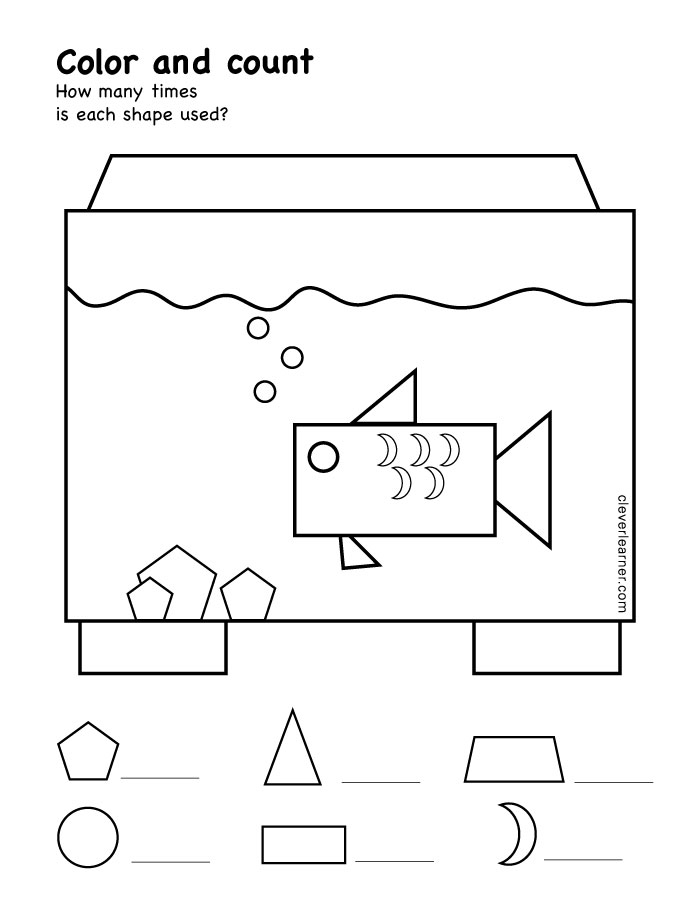 Blue - solid Green -
Blue - solid Green - -
Syllables. Compose words from syllables
Syllables. We compose words from syllables. Download free flashcards with letters and syllables. There are 20 cards in total. Letters and syllables for children. Cut...
-
Educational cards for games with children
Today we will get acquainted with the original way of making educational cards for activities with children from 1 year old at no special cost. Interesting...
-
Russian Alphabet Color Cards
Russian Alphabet Color Cards. Each card with a letter has a picture starting with that letter. With these cards you can ...
-
Match the numbers and Color the picture
Learning numbers and counting with your child? How to fix the passed material? Consolidation of the material covered can be turned into an interesting and r...
-
Pictures with the image of Clothes and Shoes
Pictures with the image of everyday clothes and shoes, Clothes, Shoes, clothes cards, Shoes cards.
